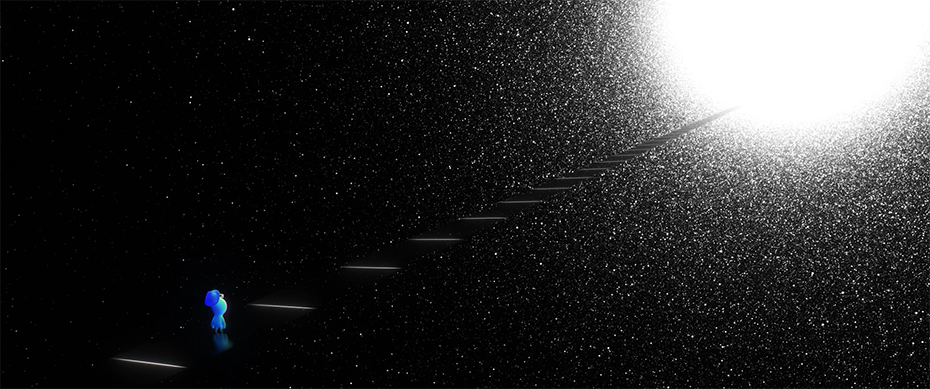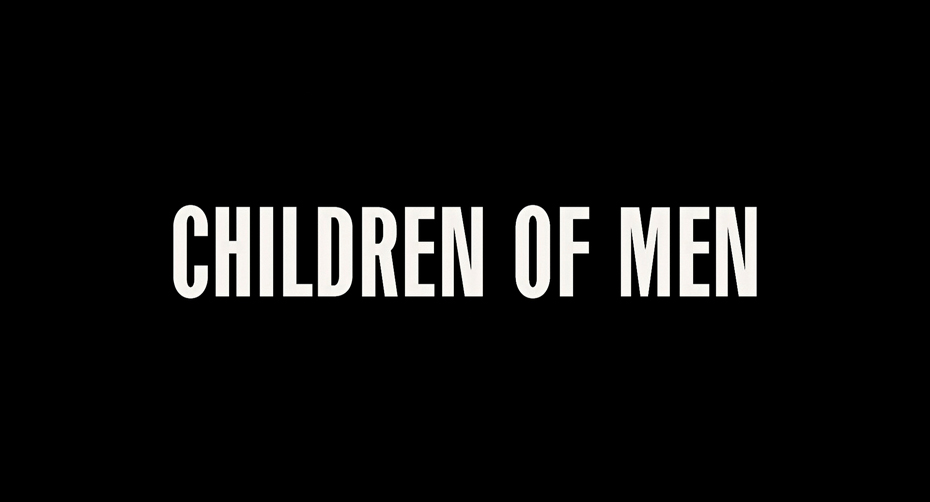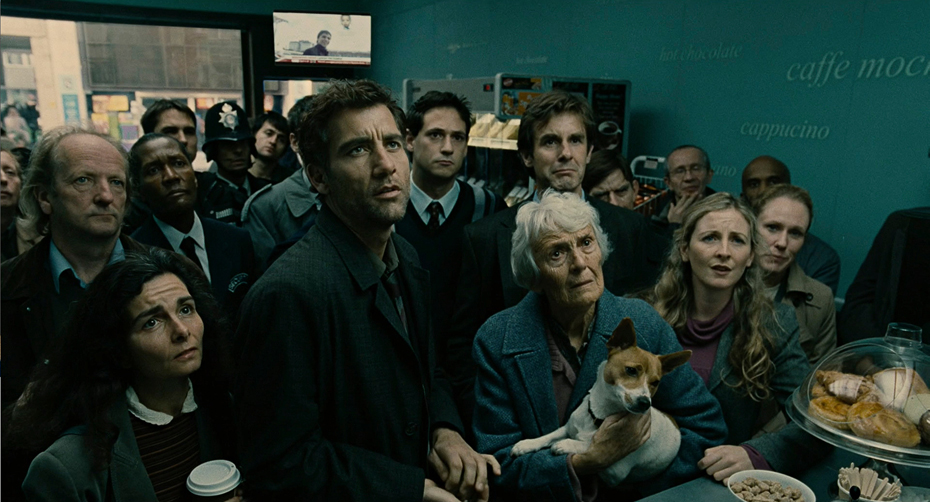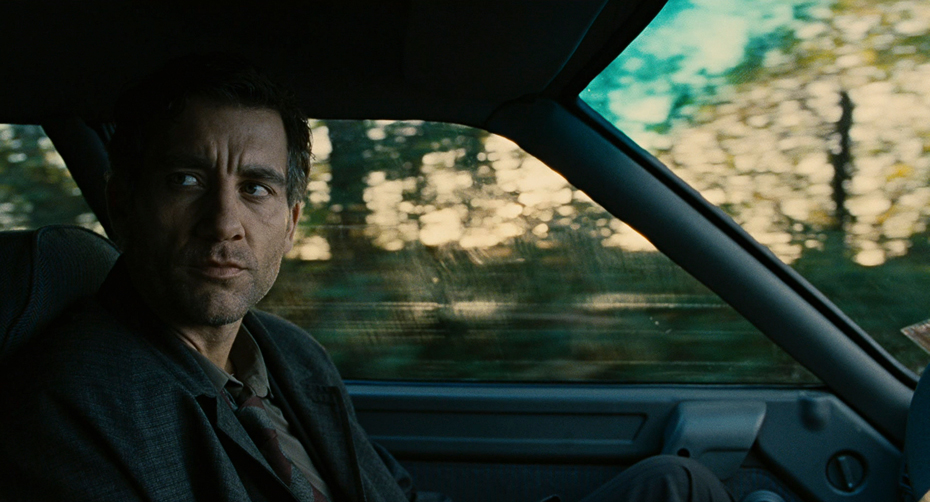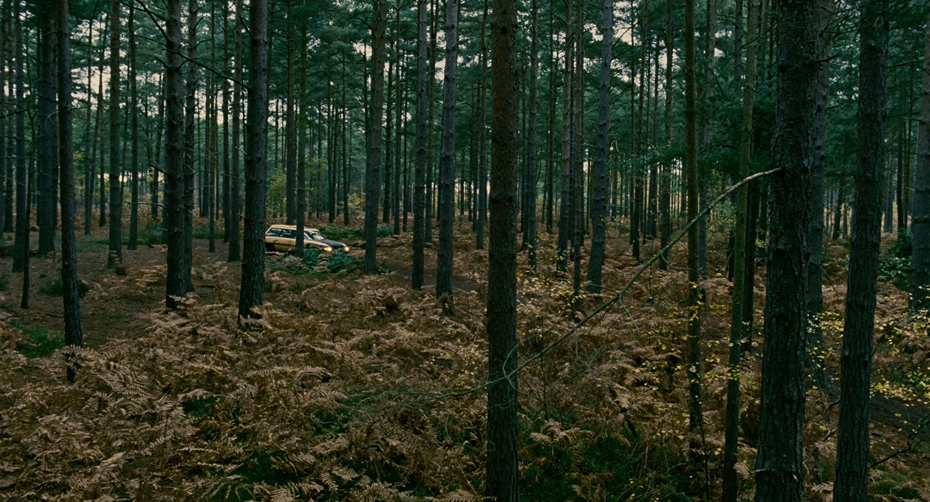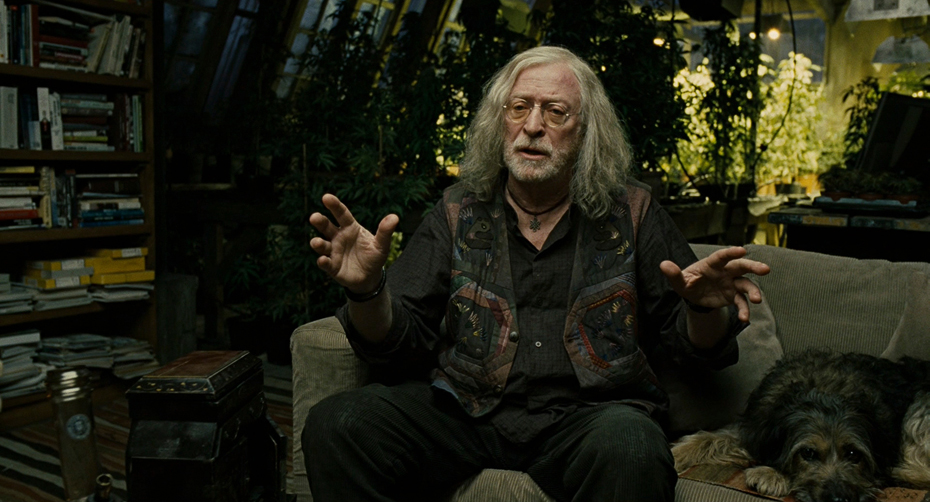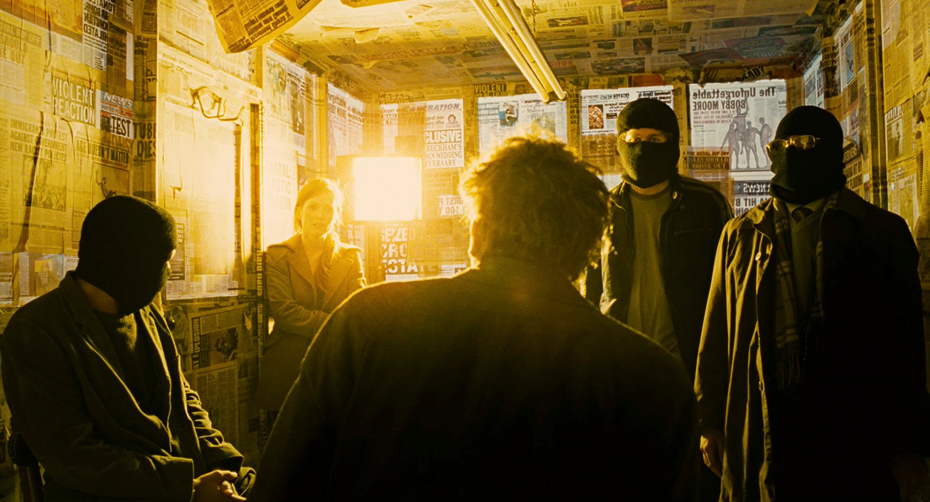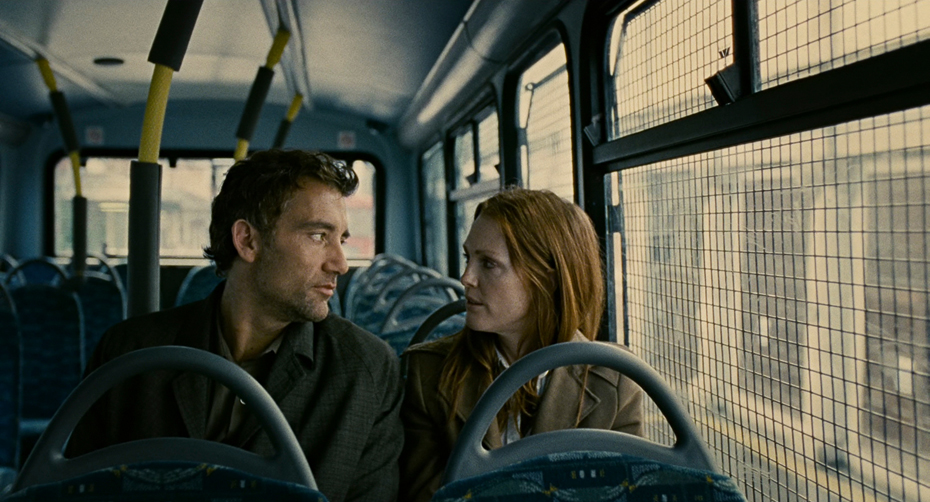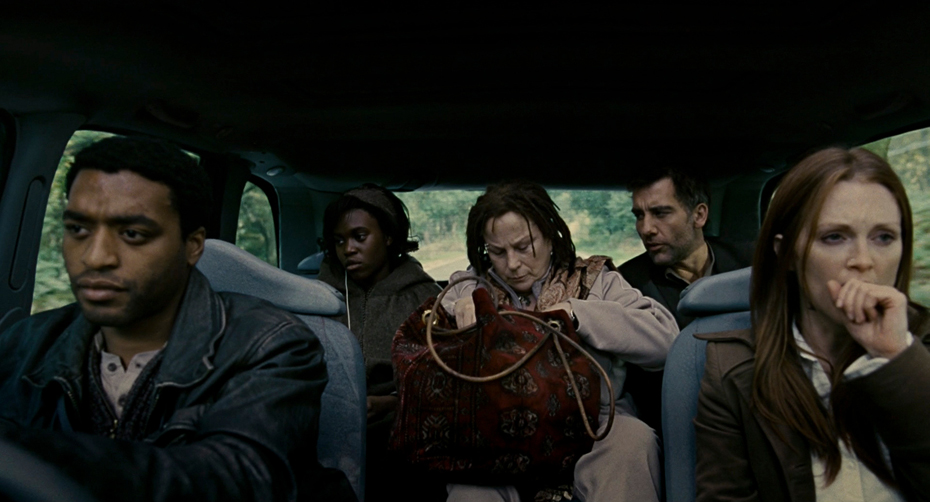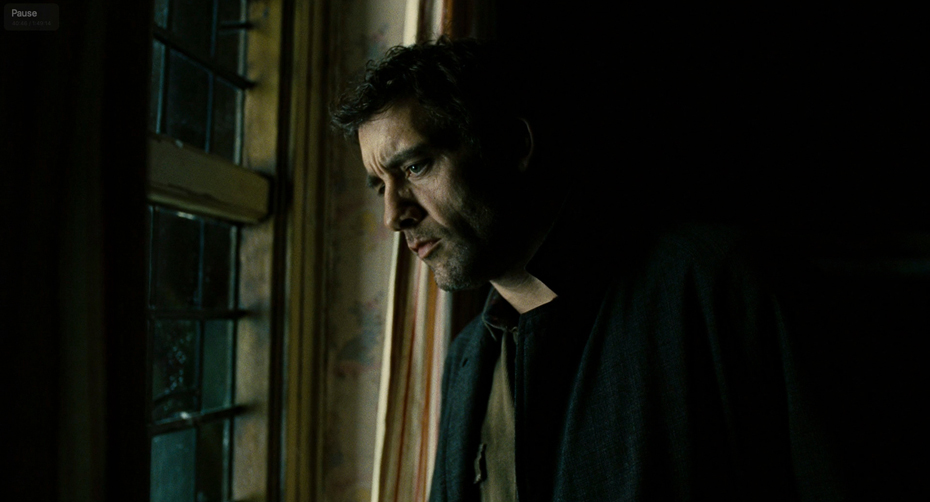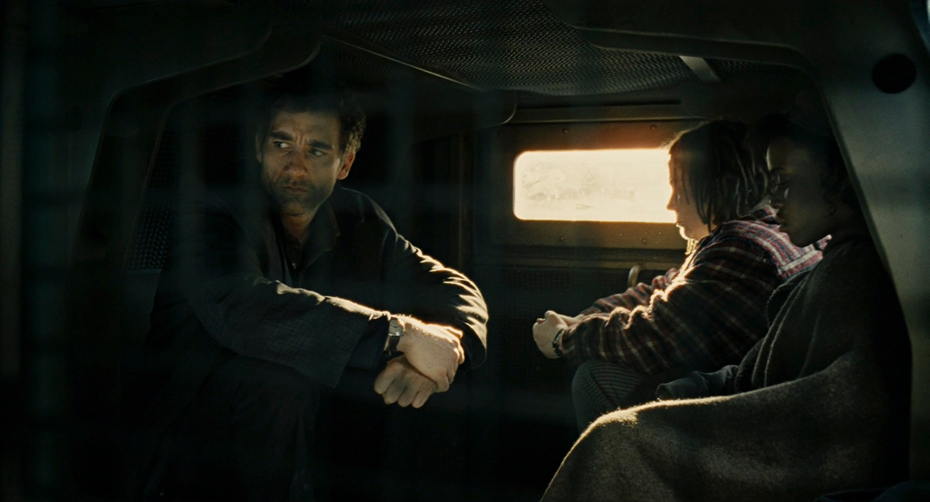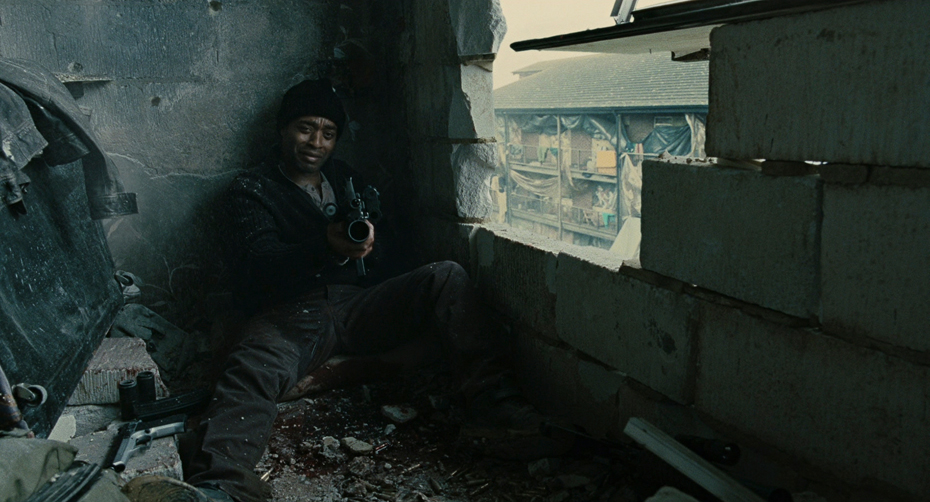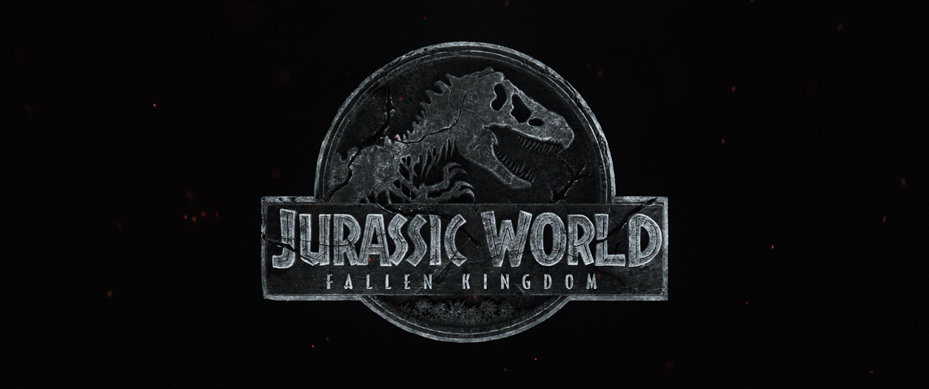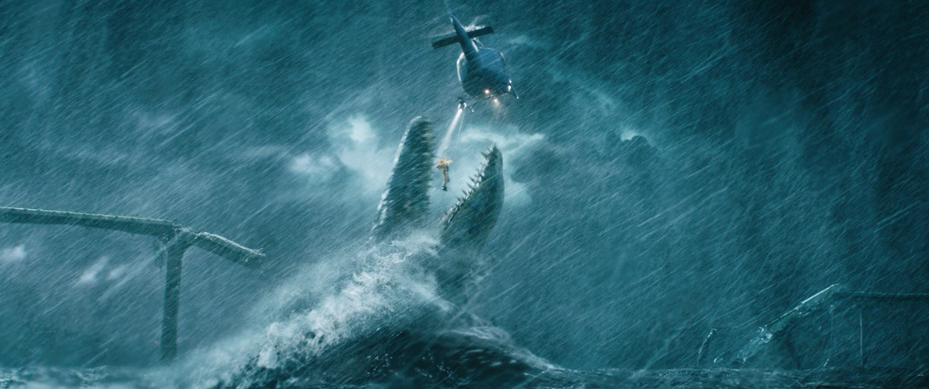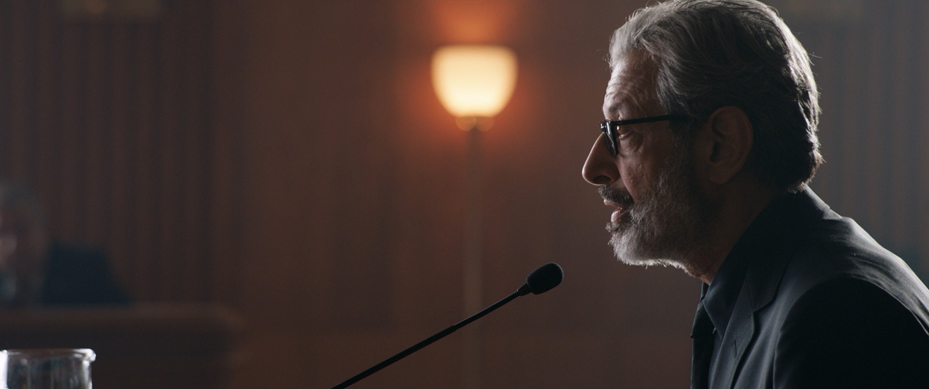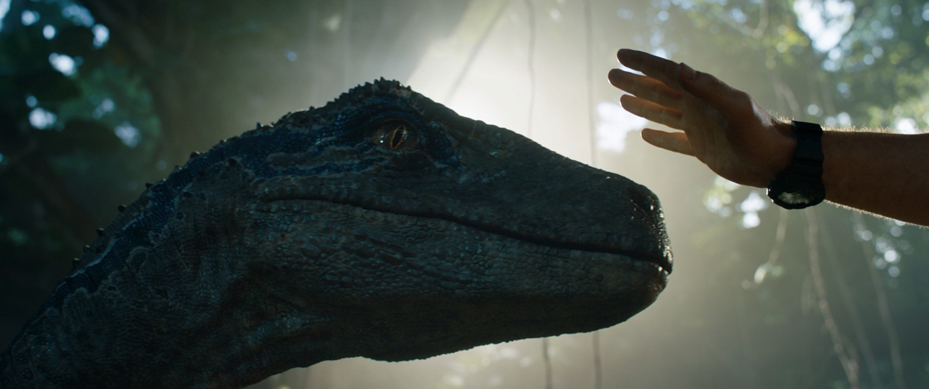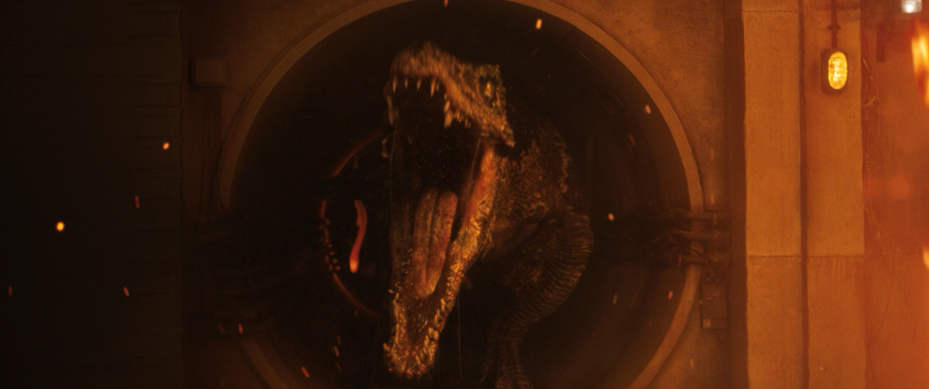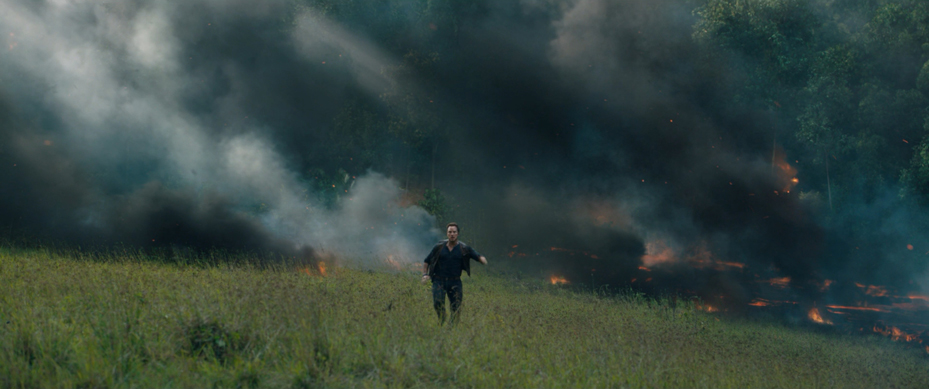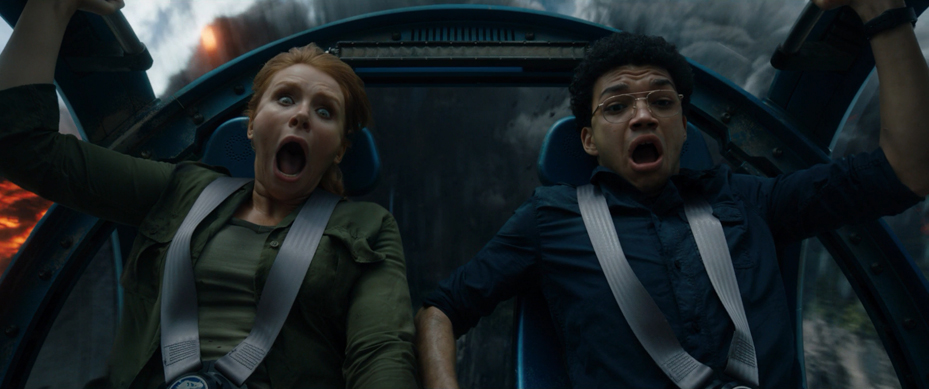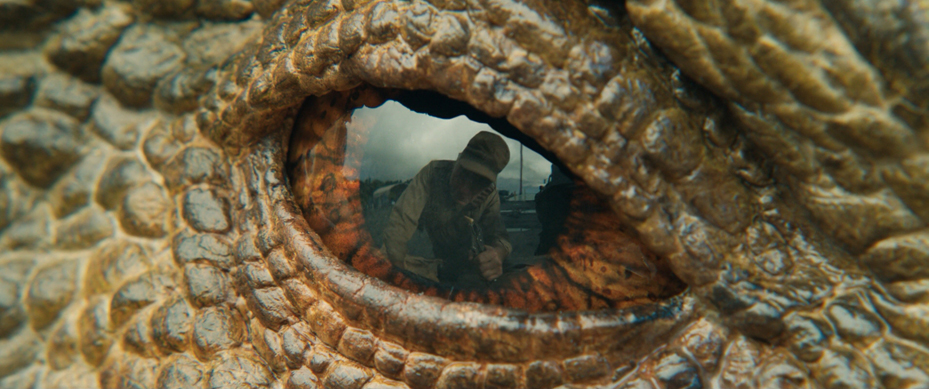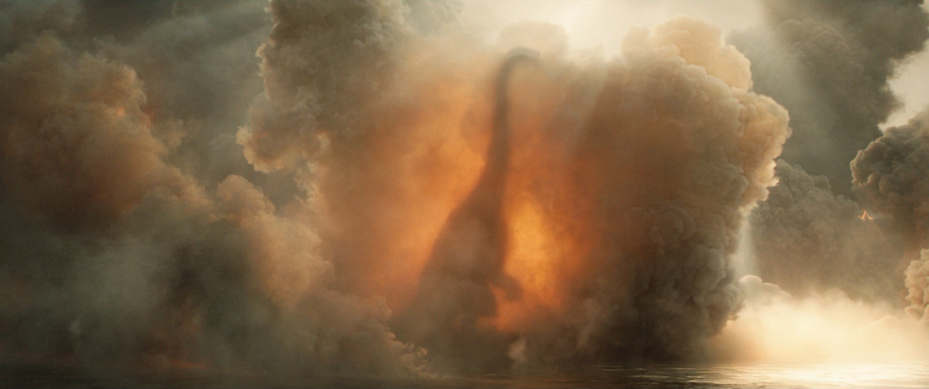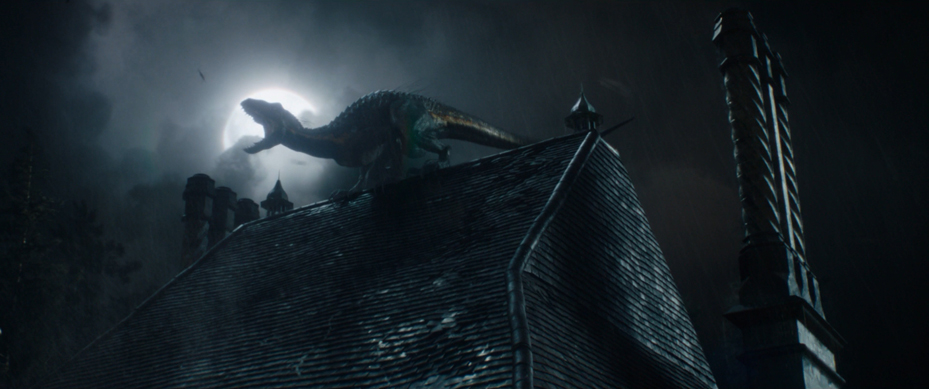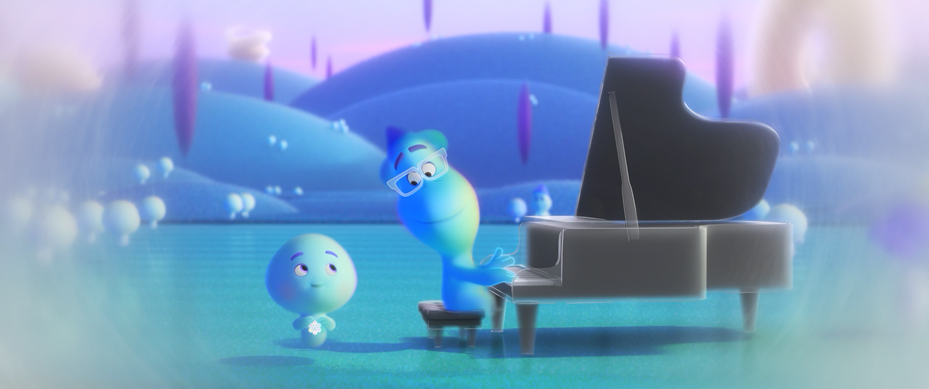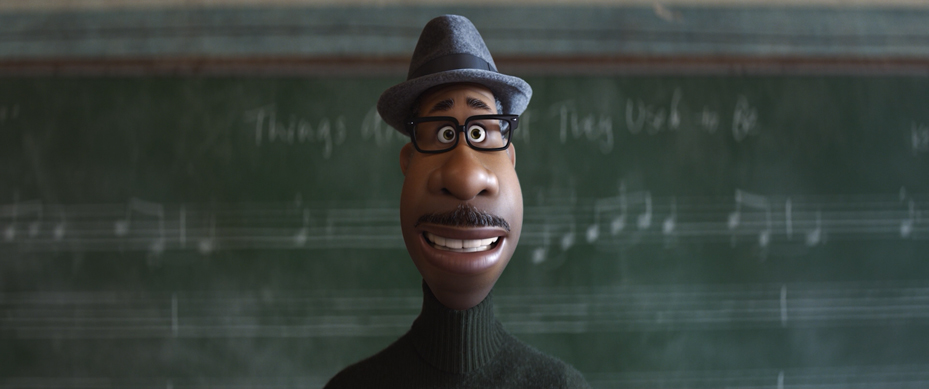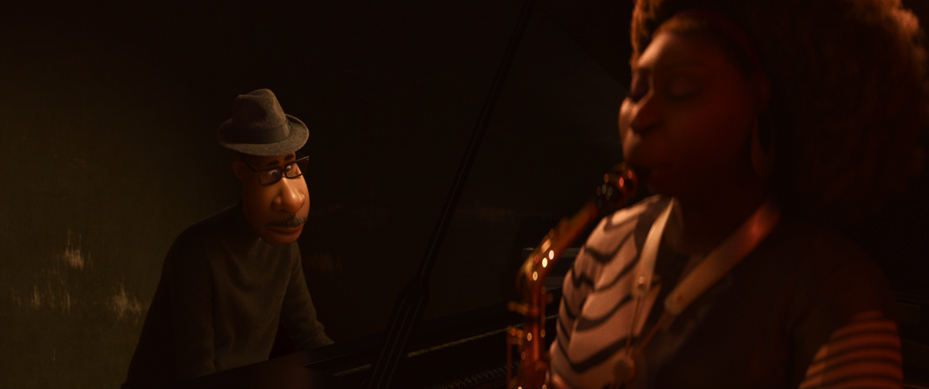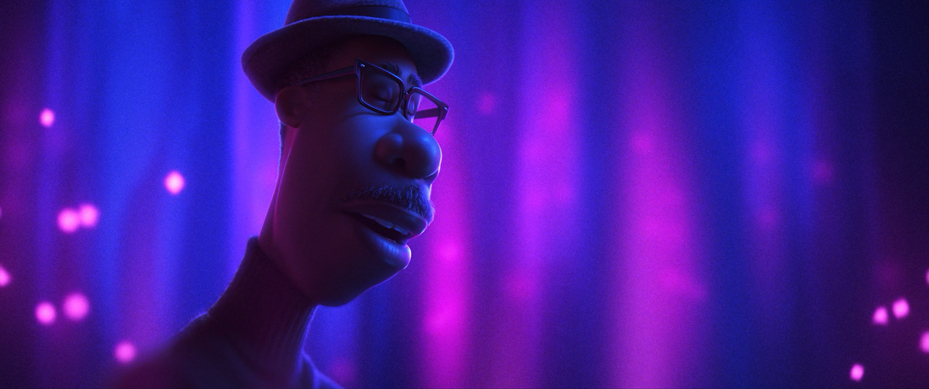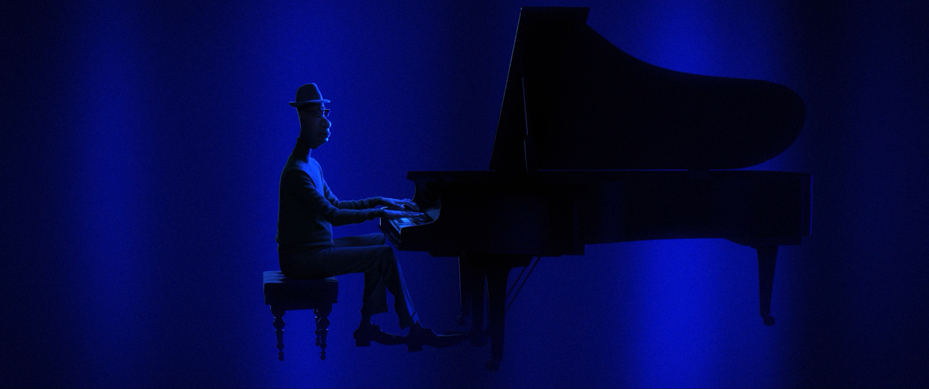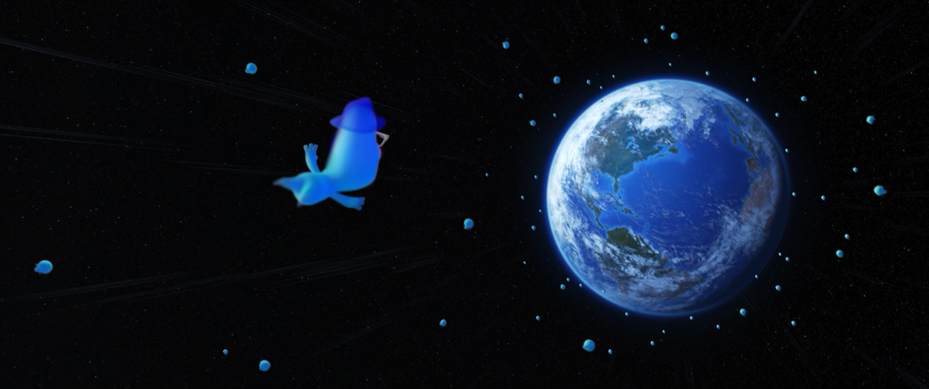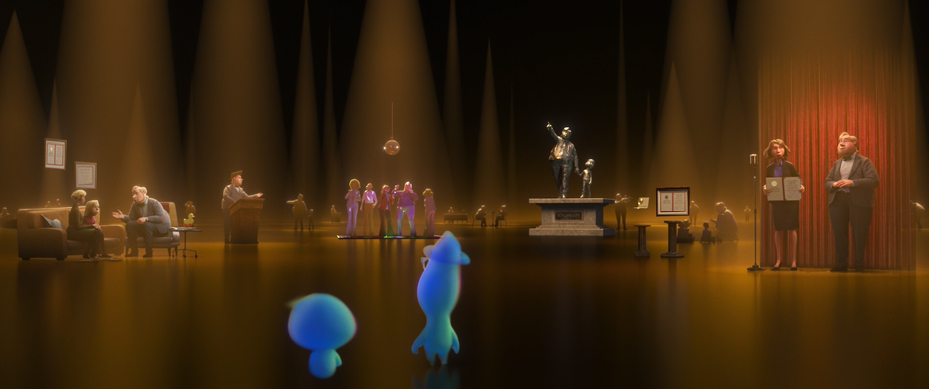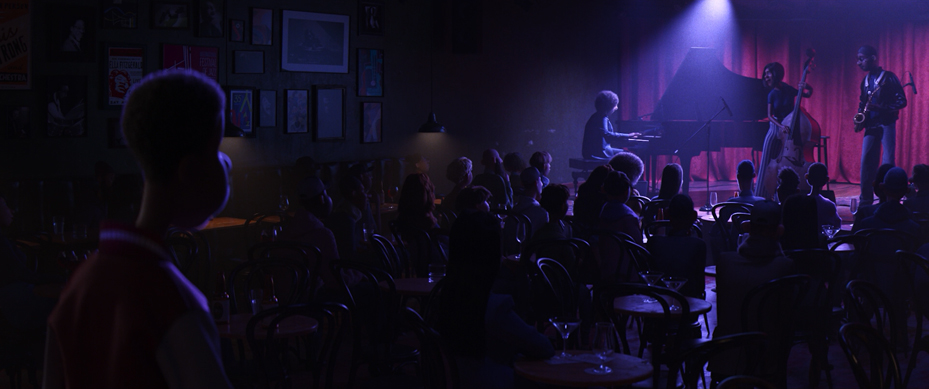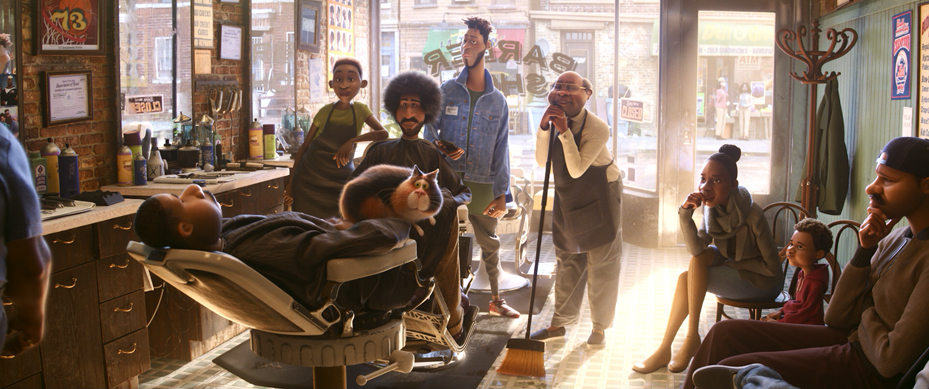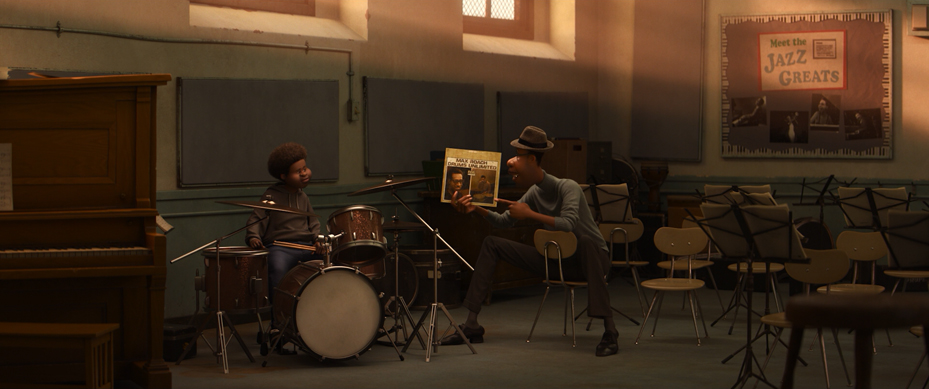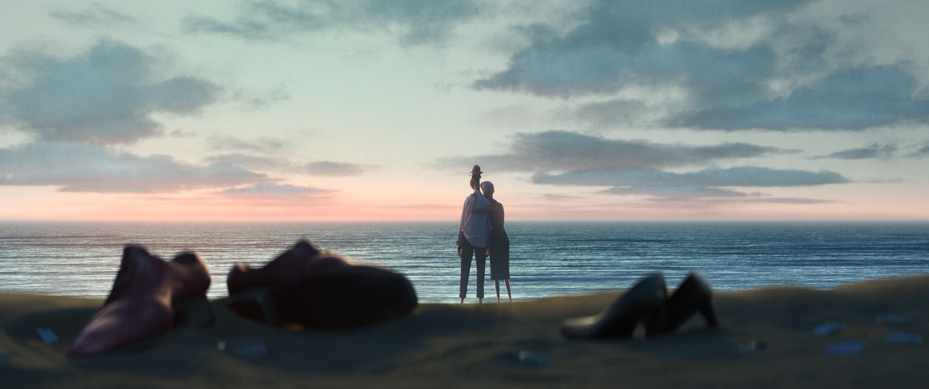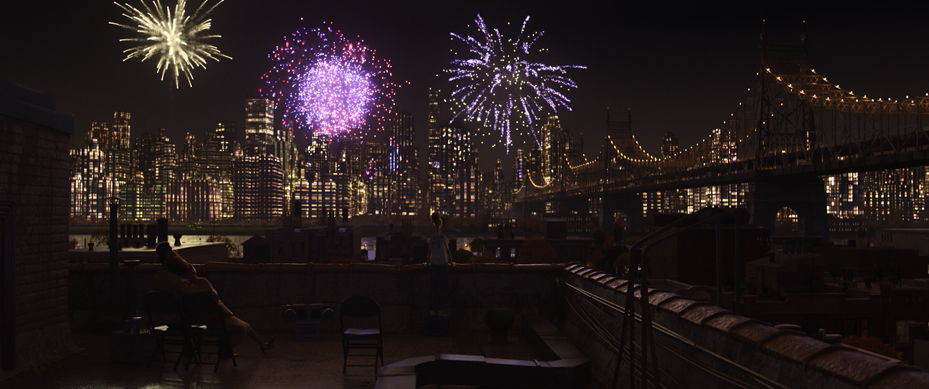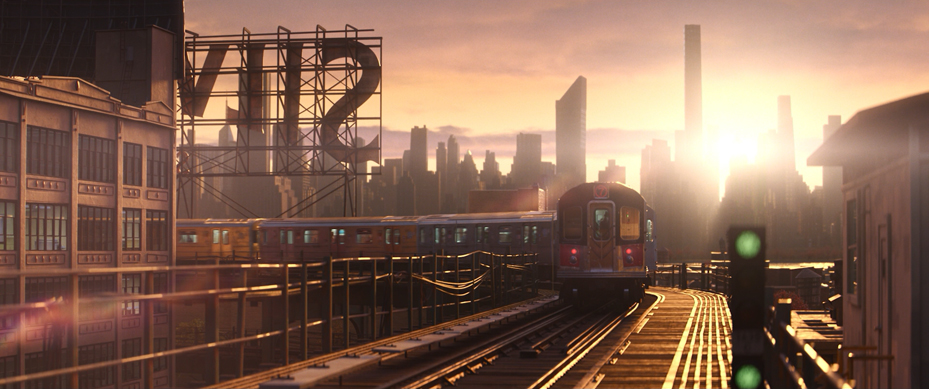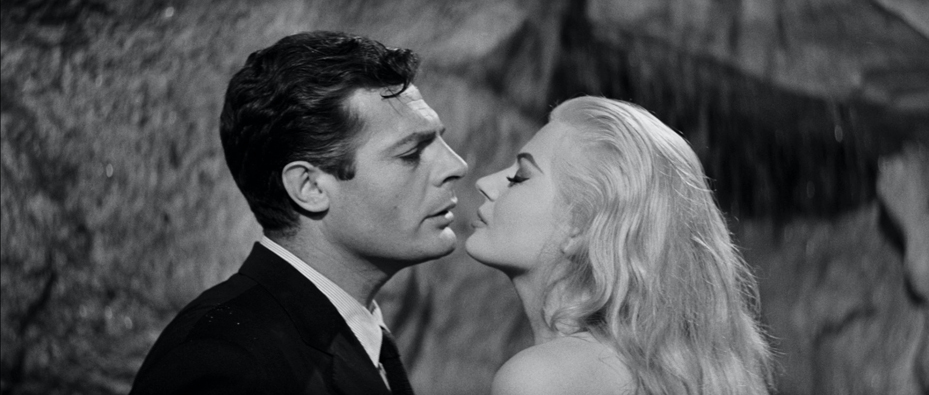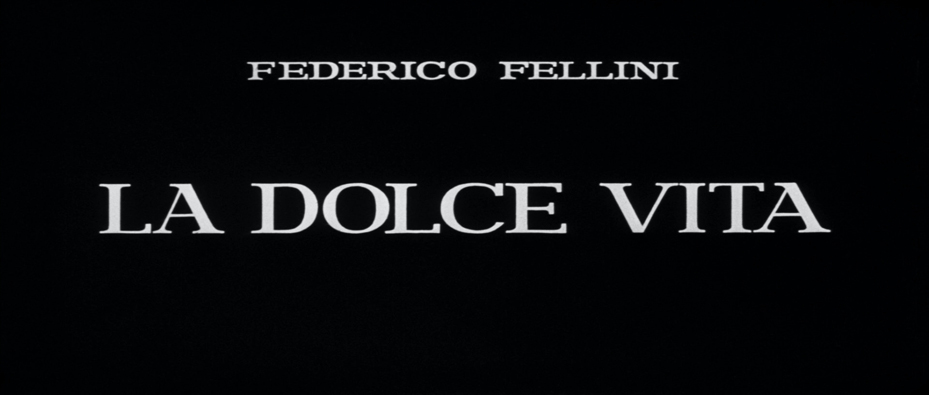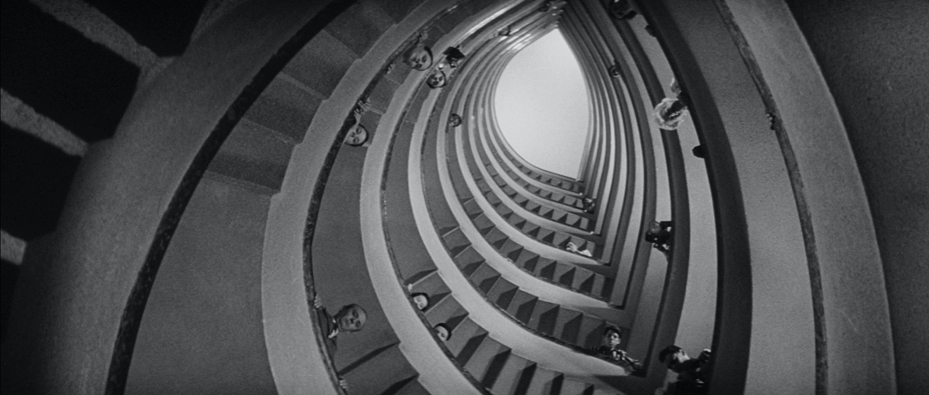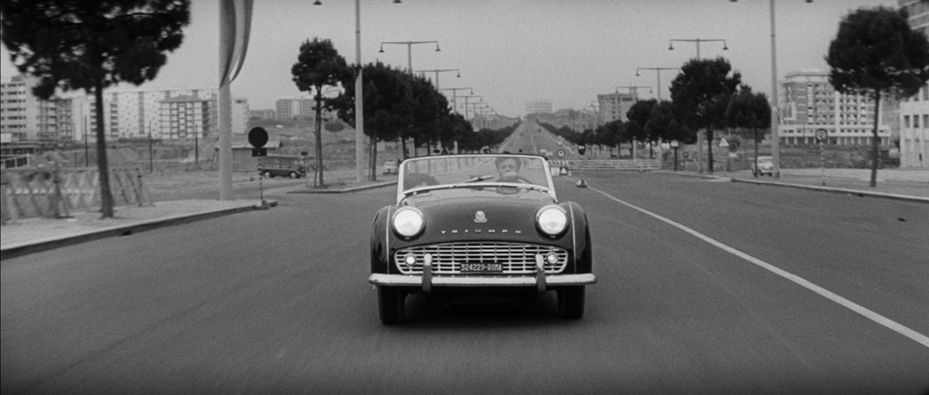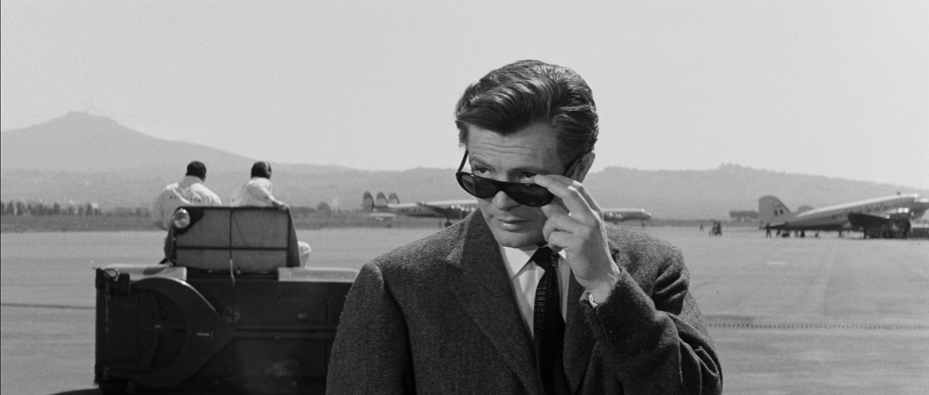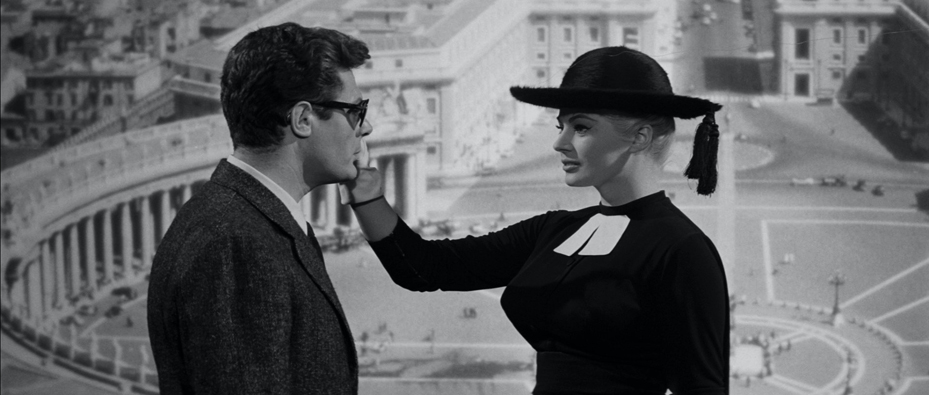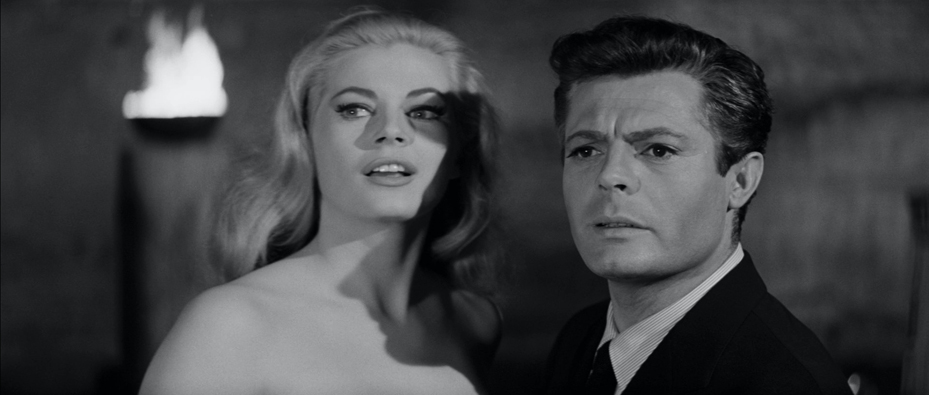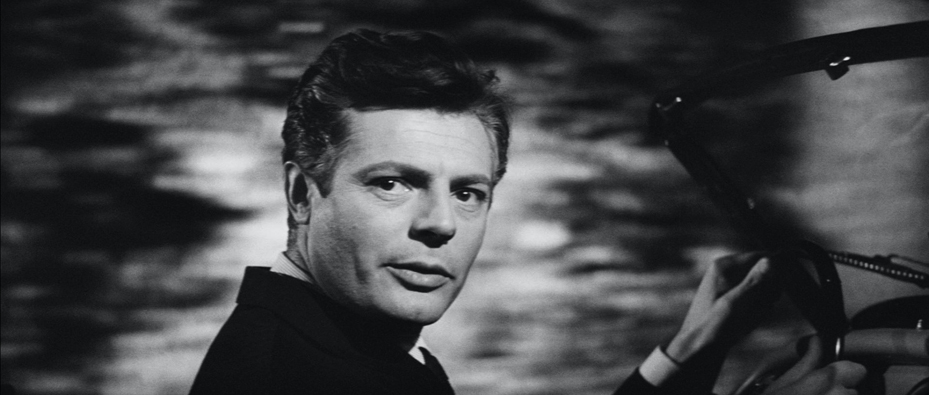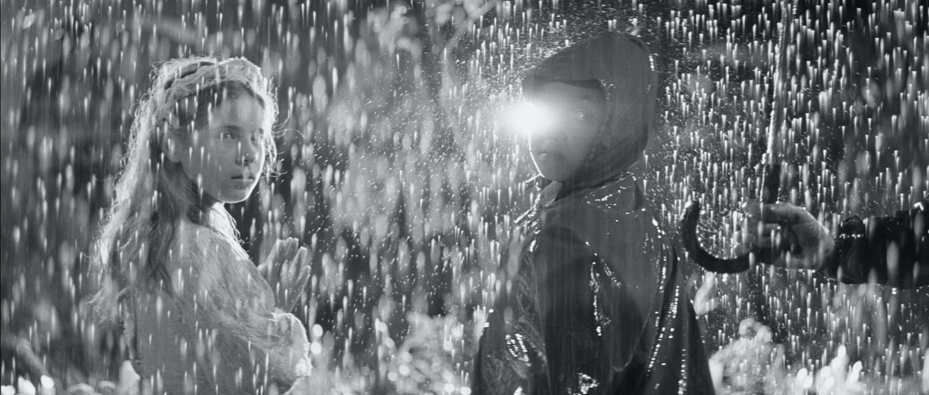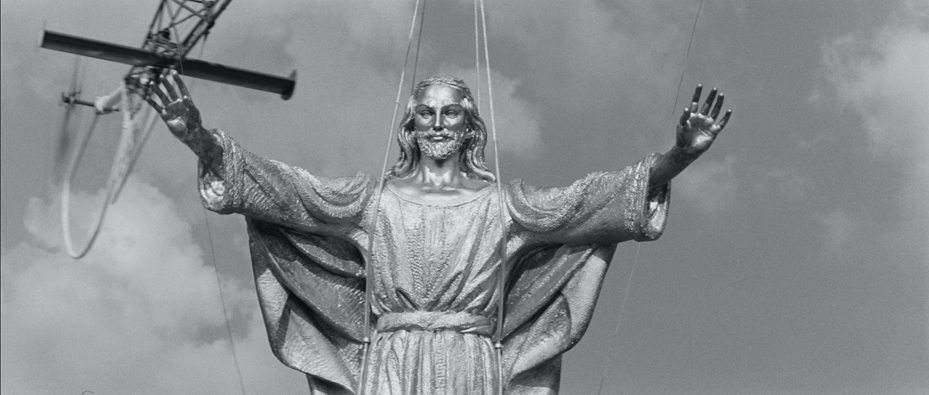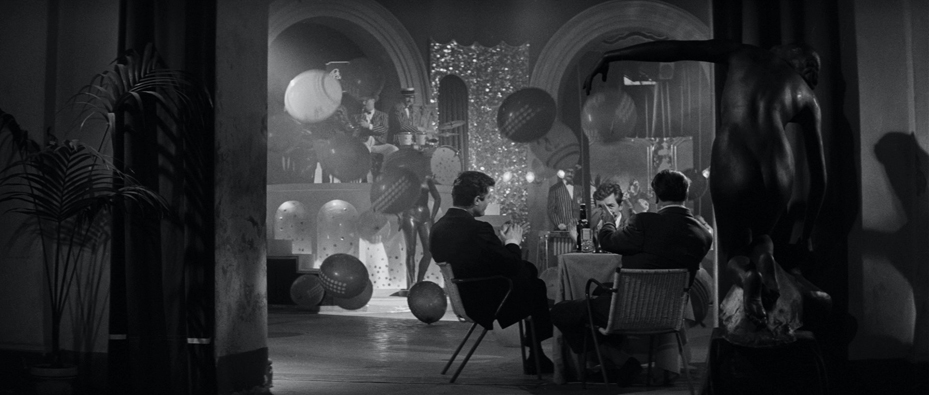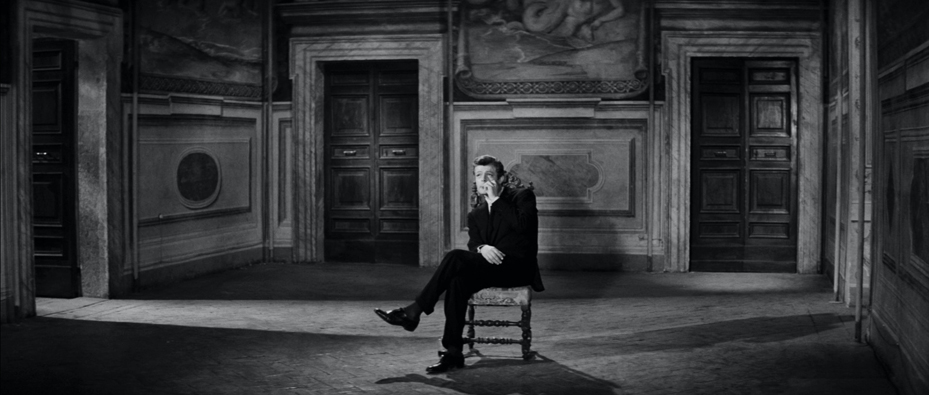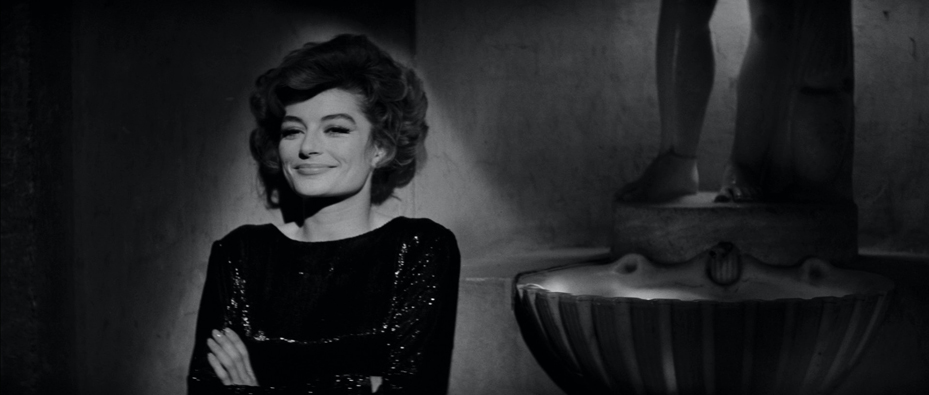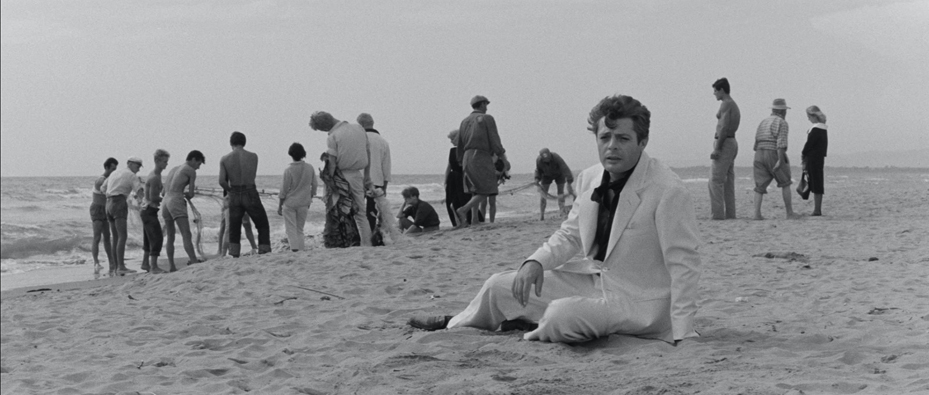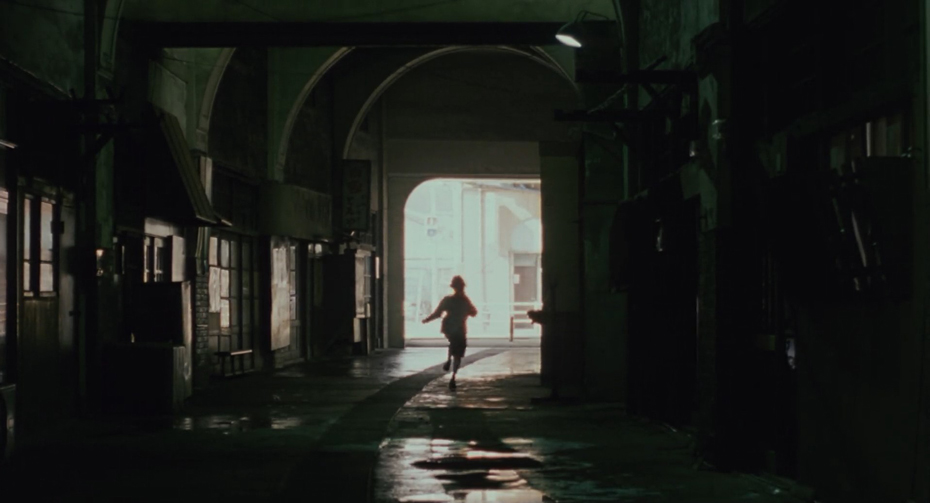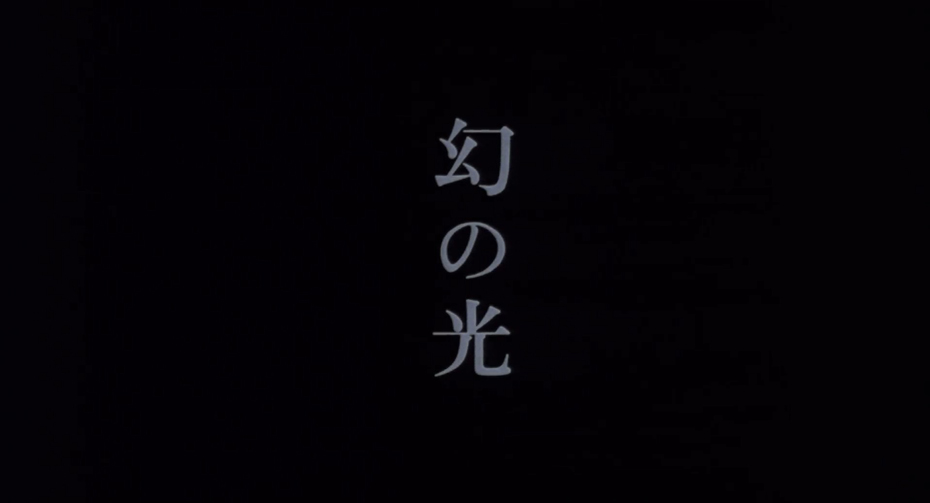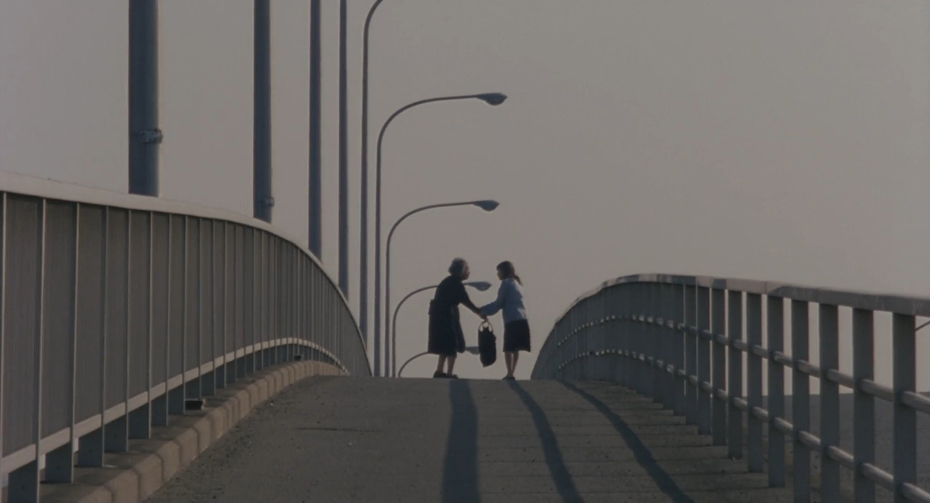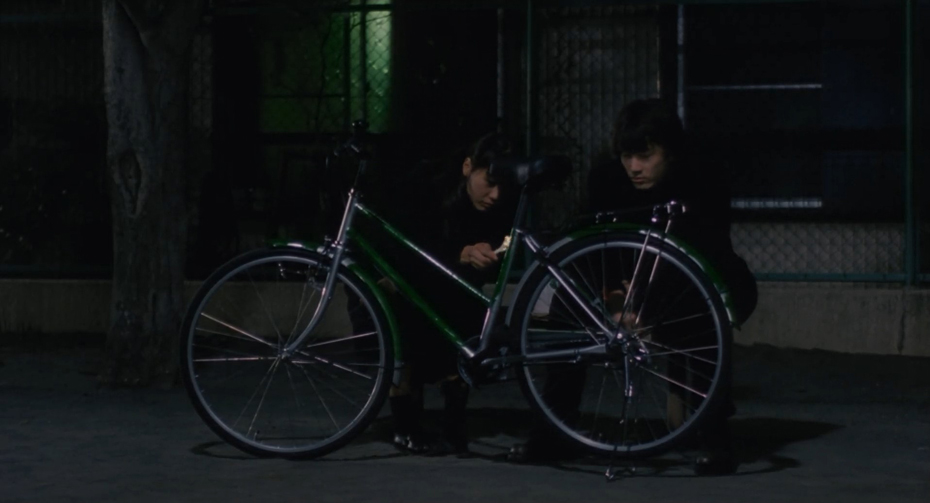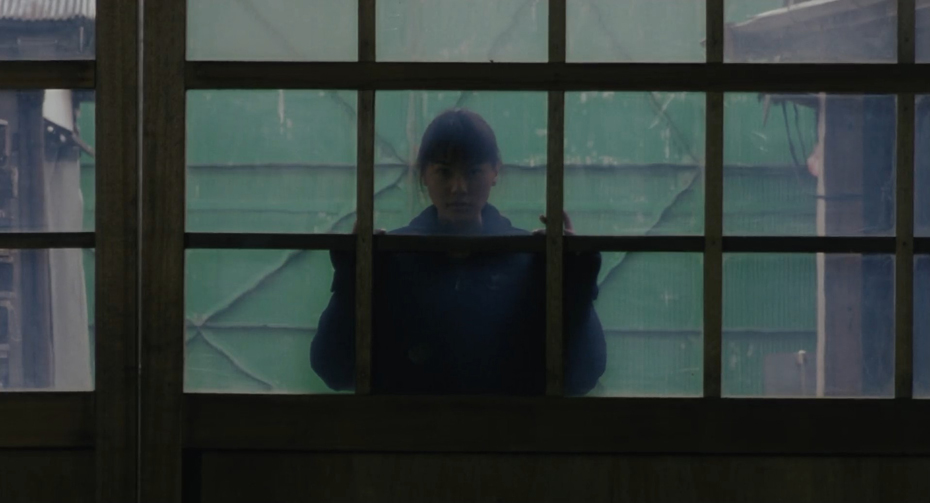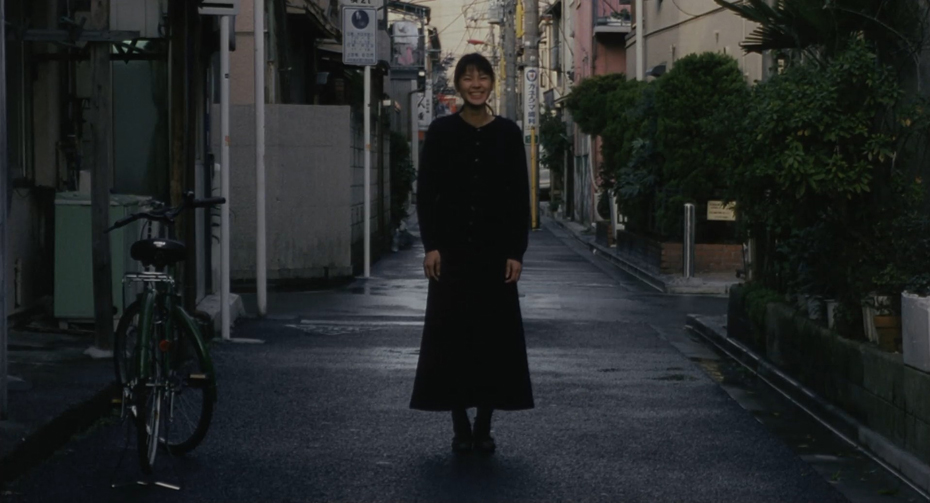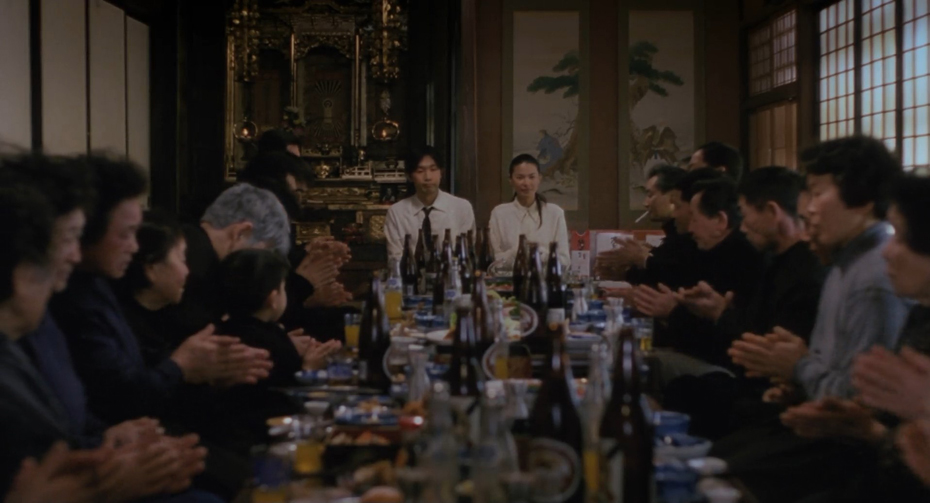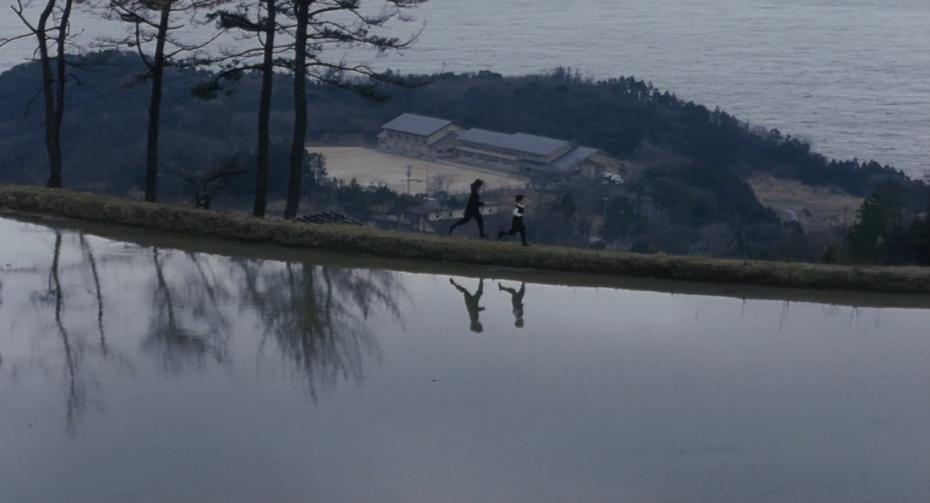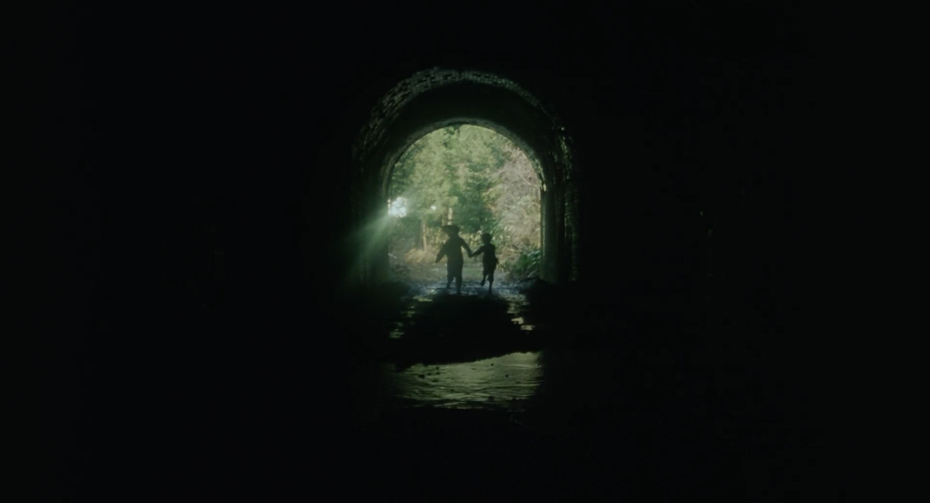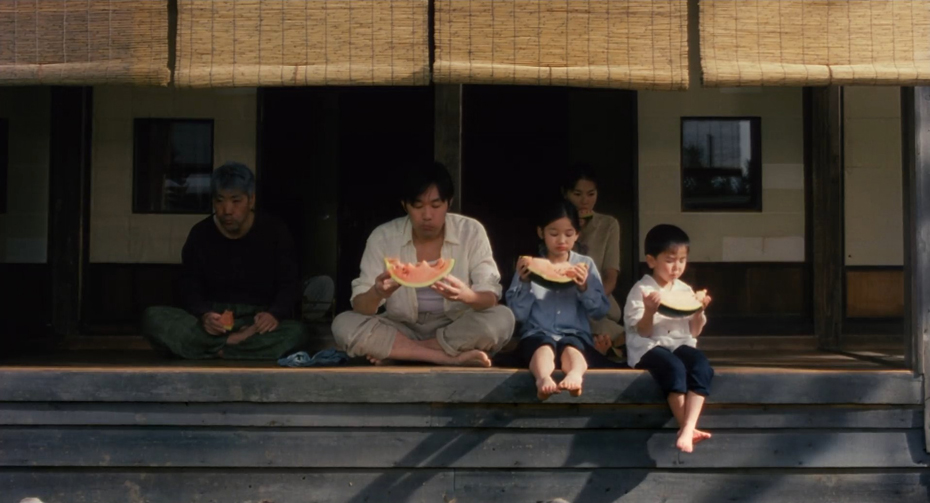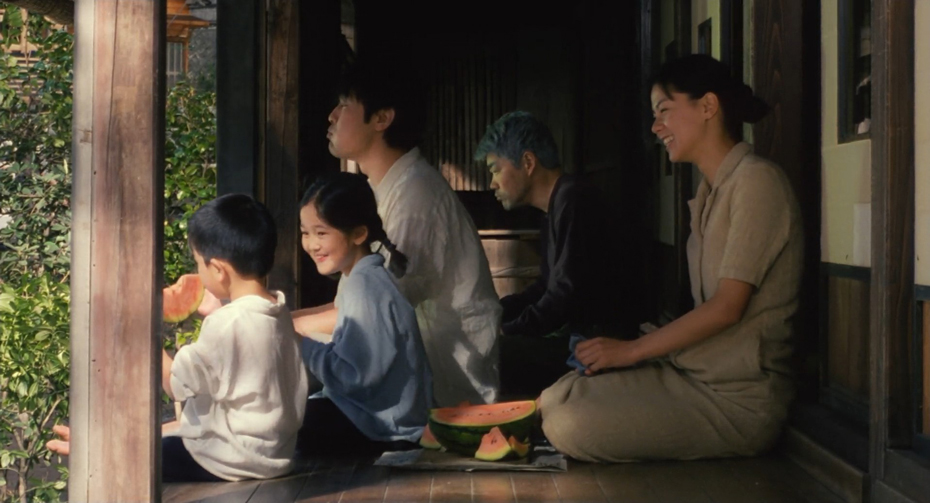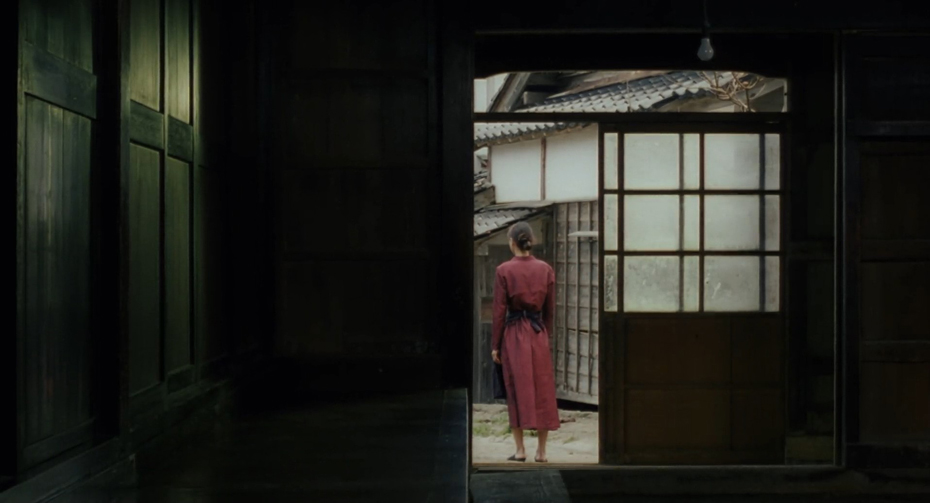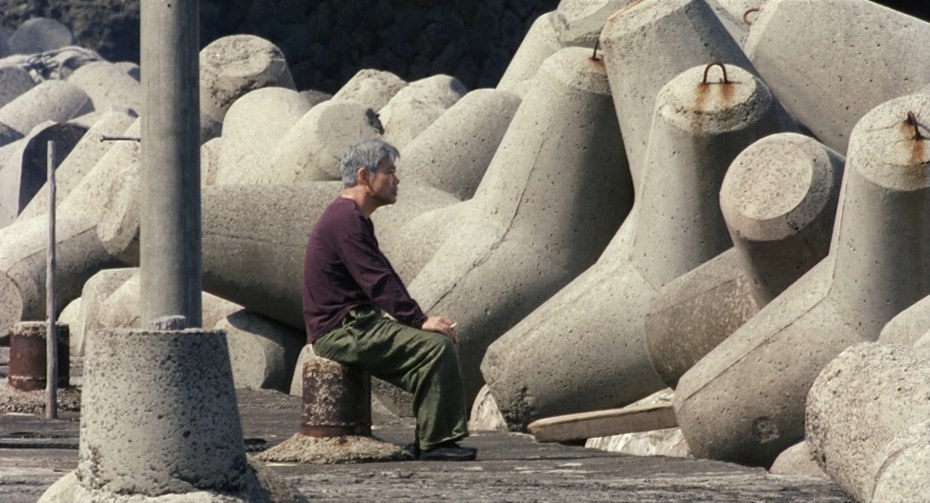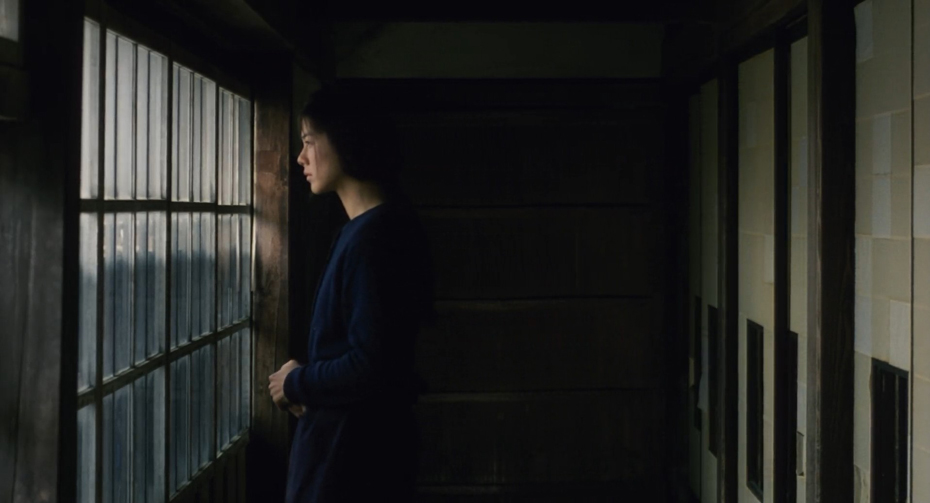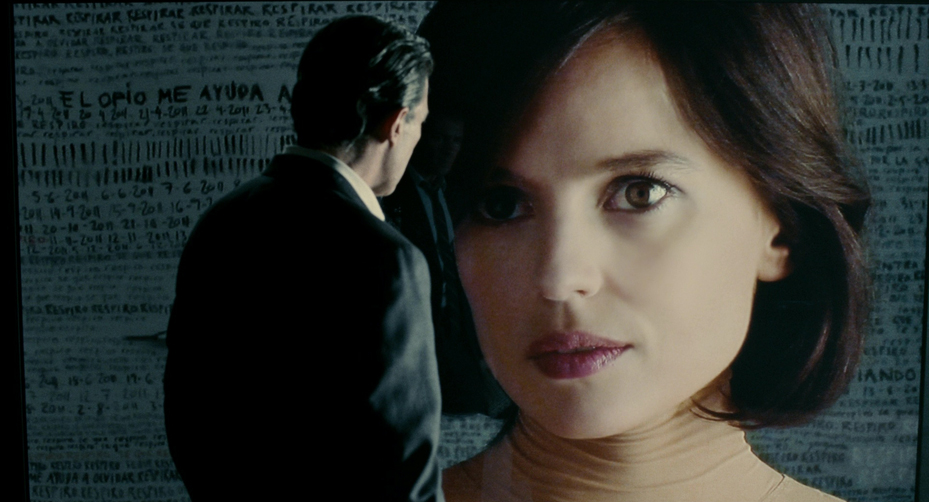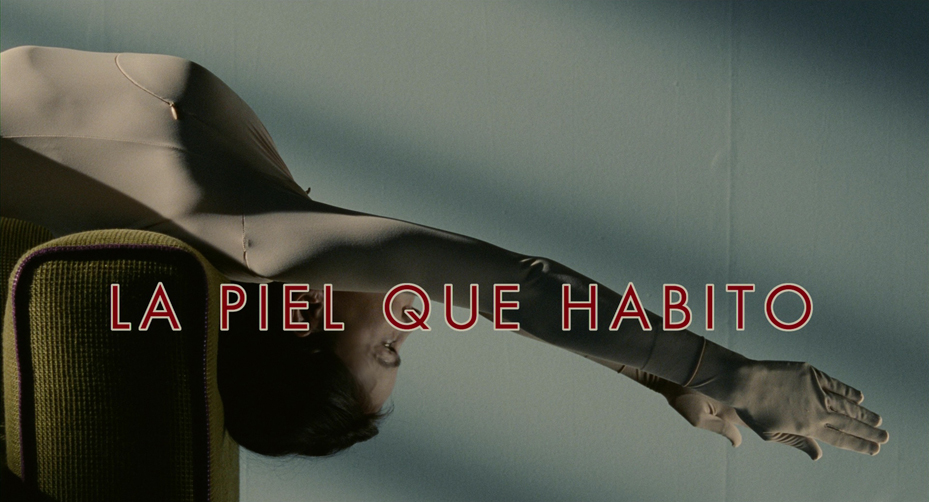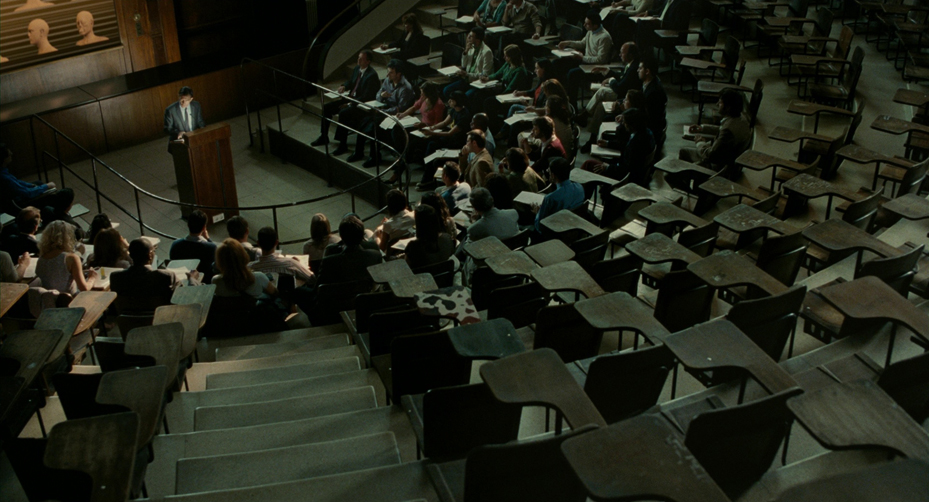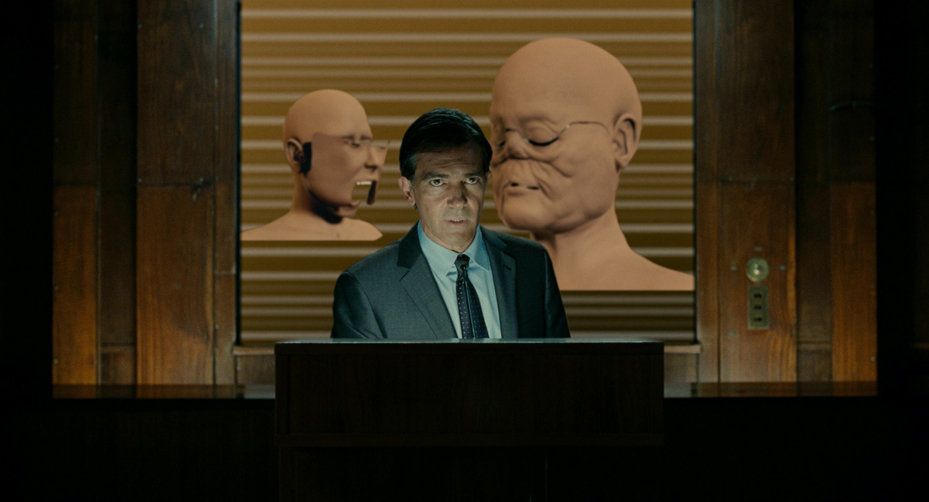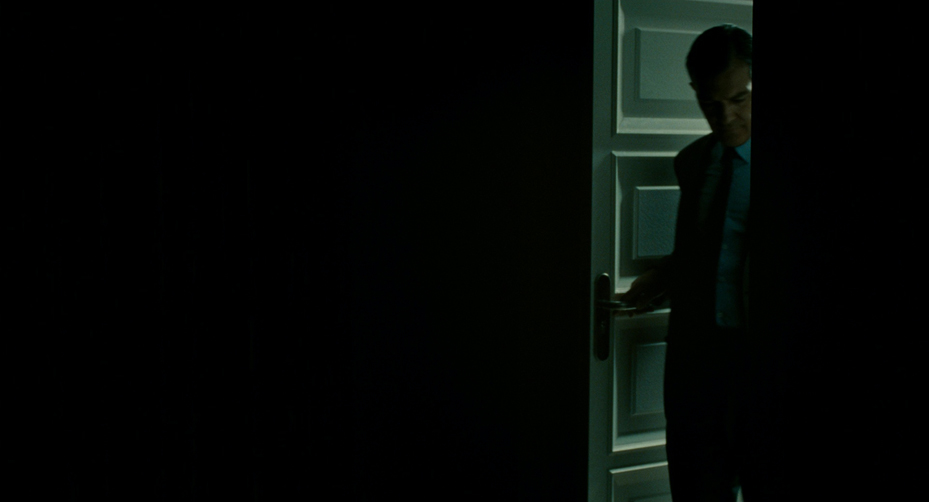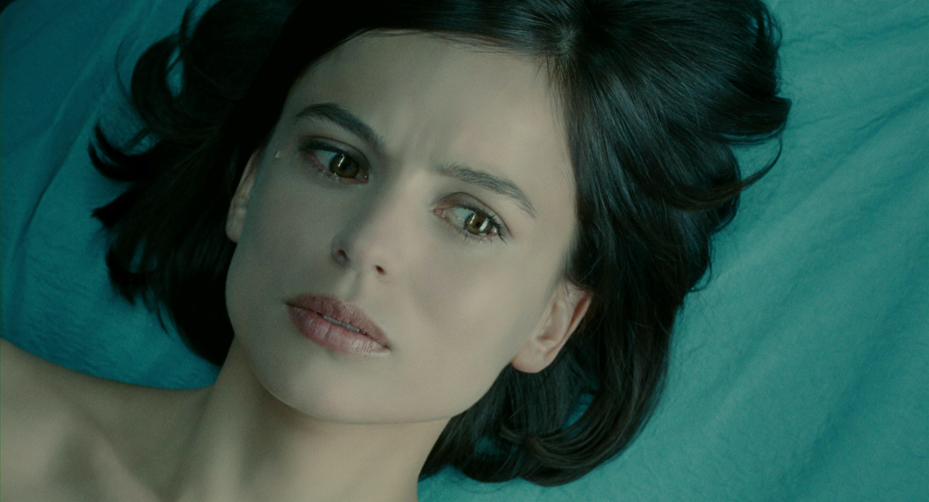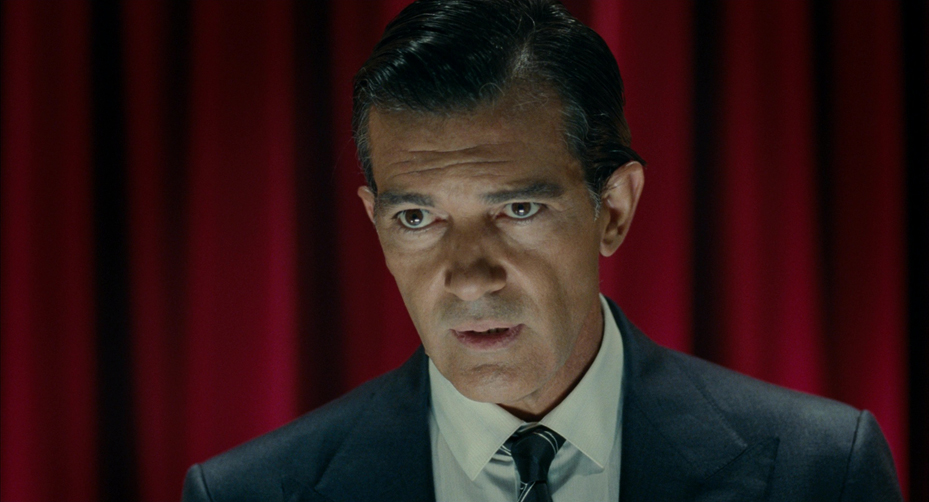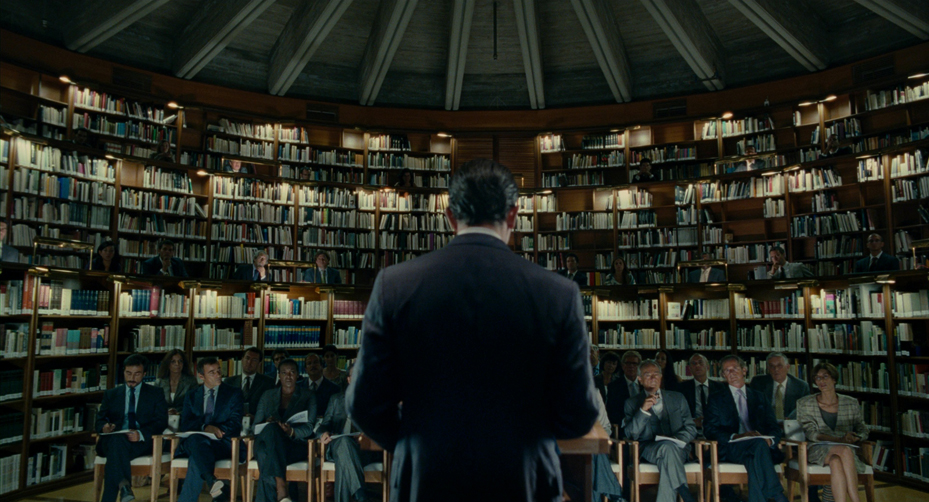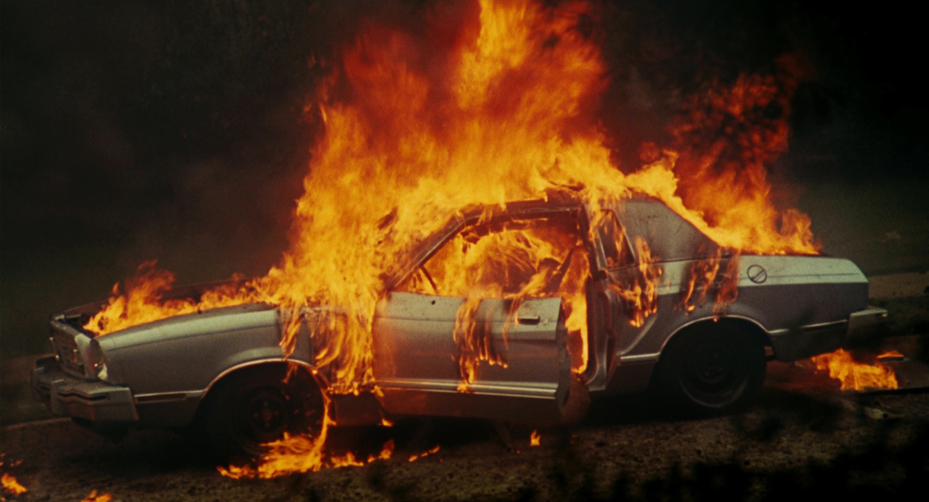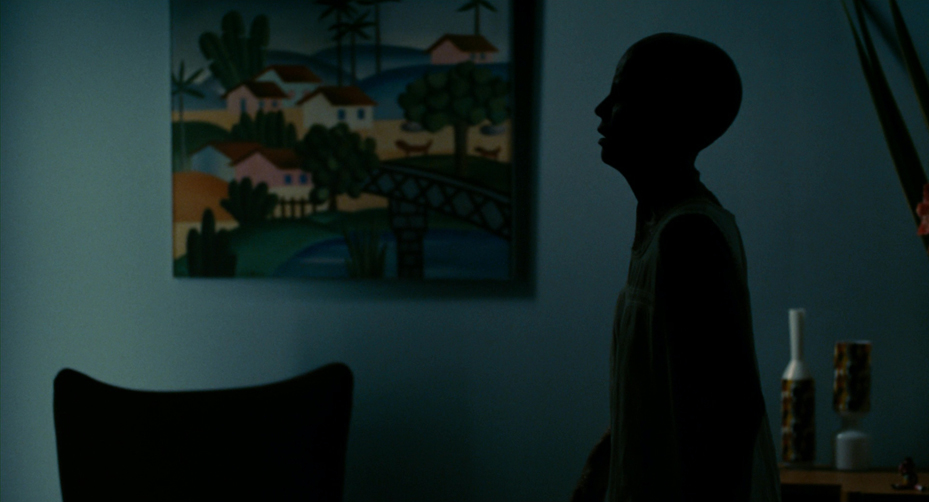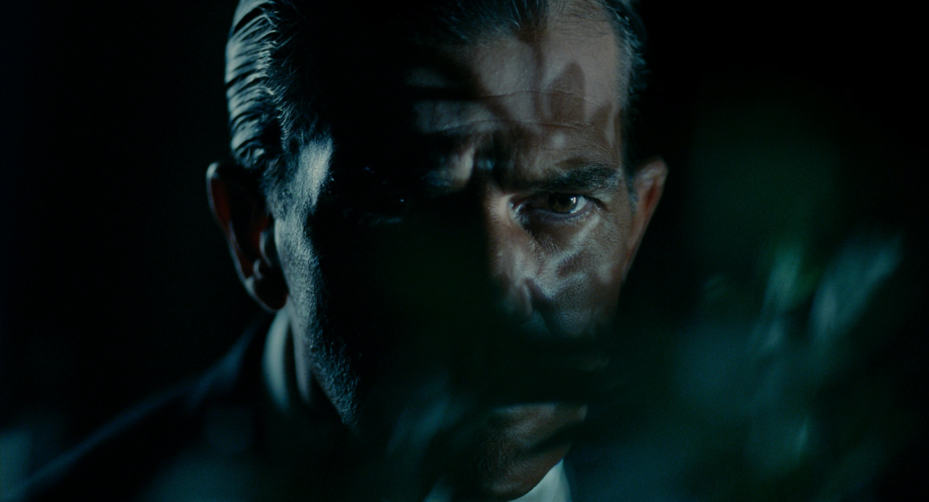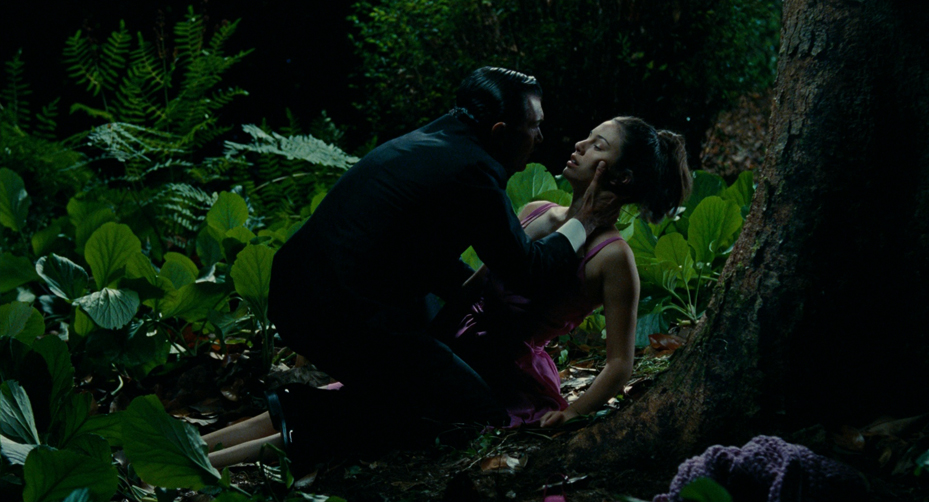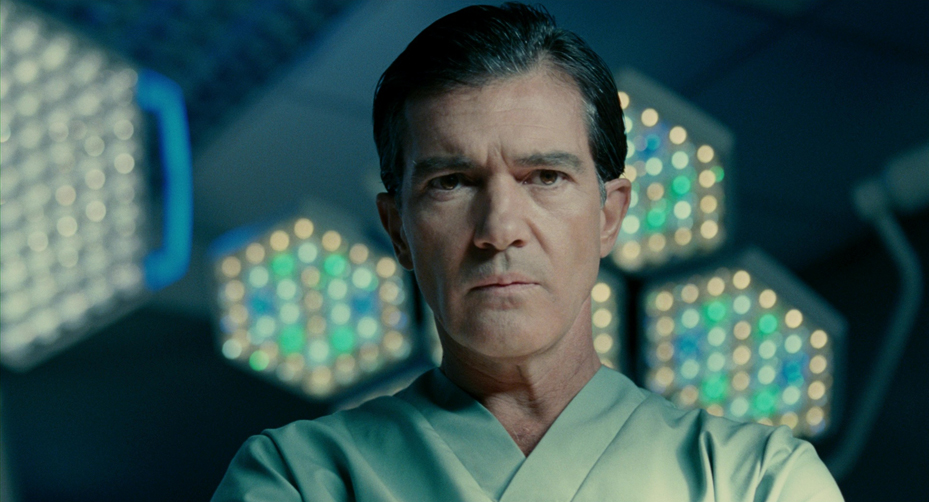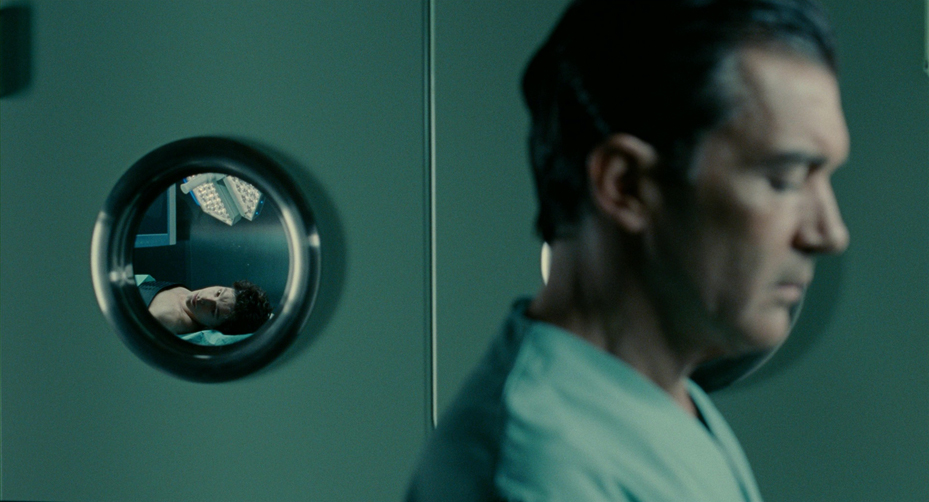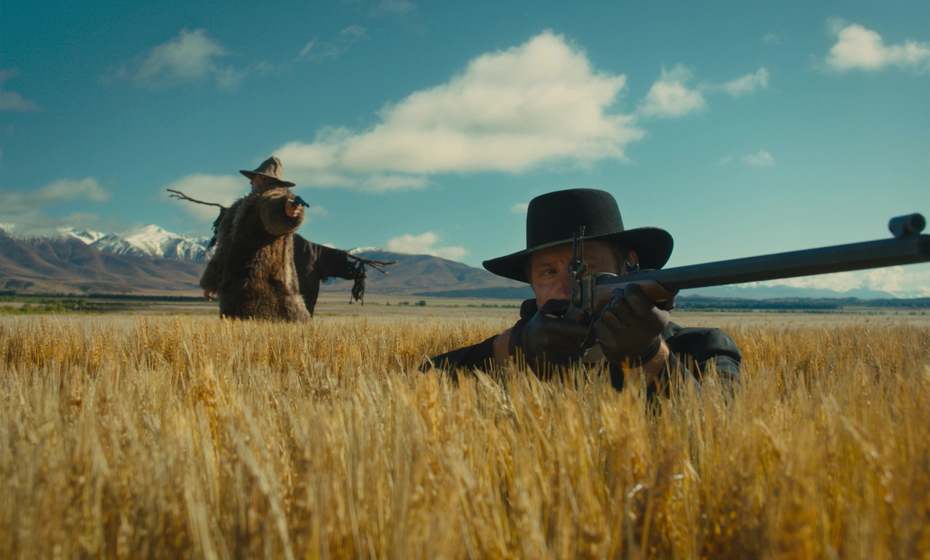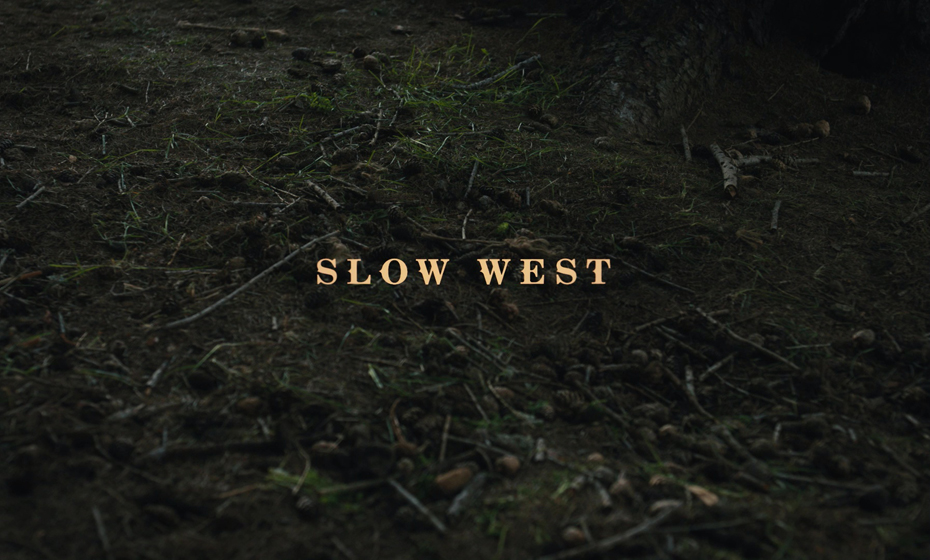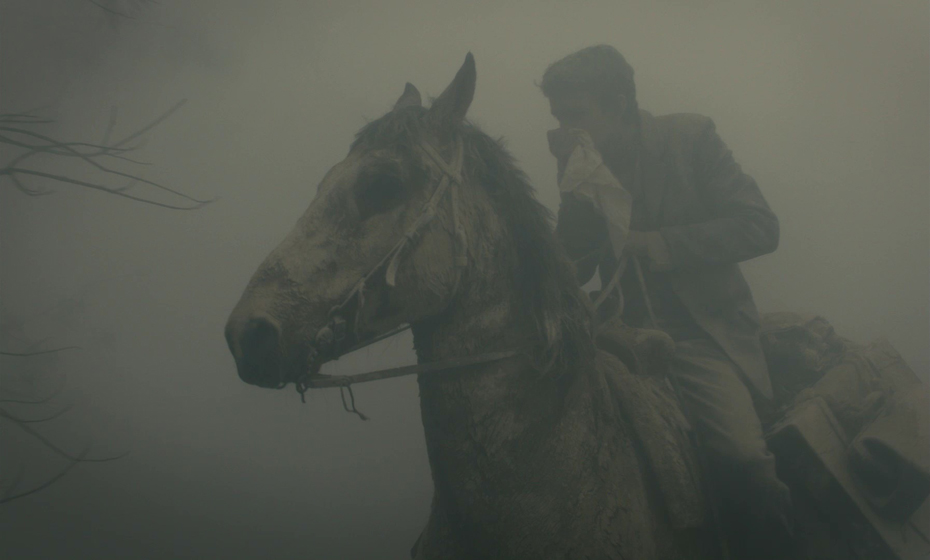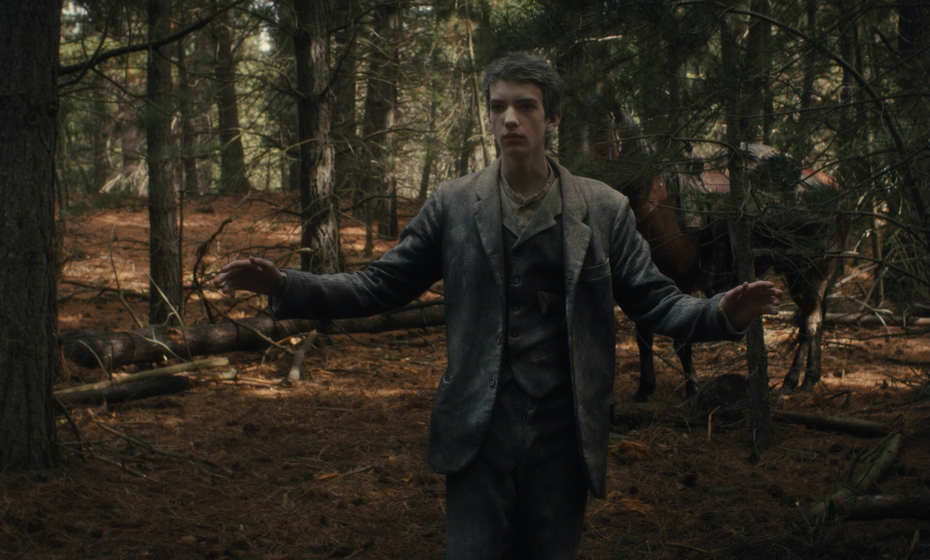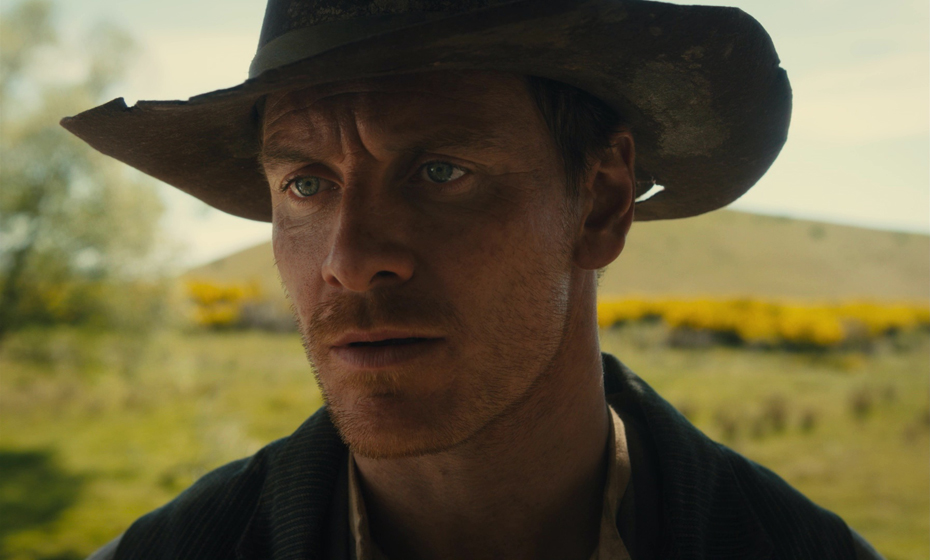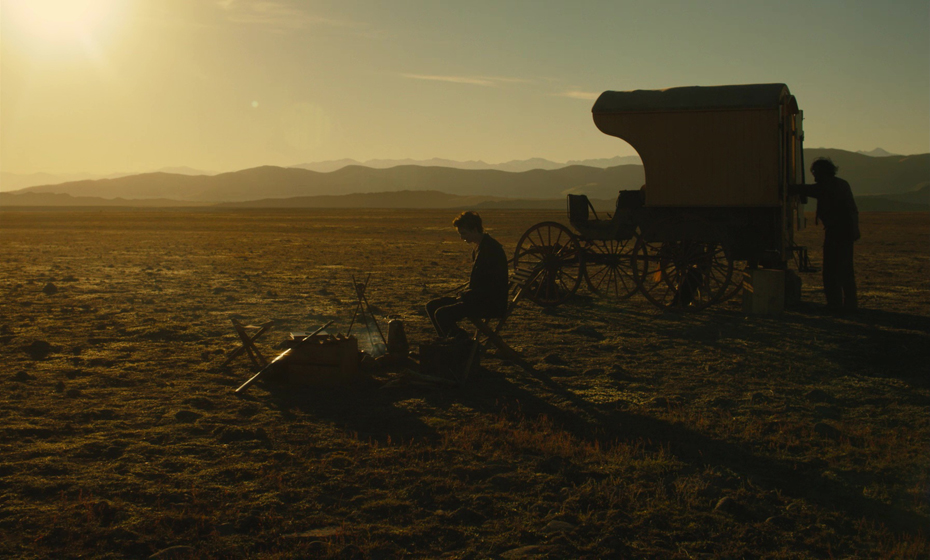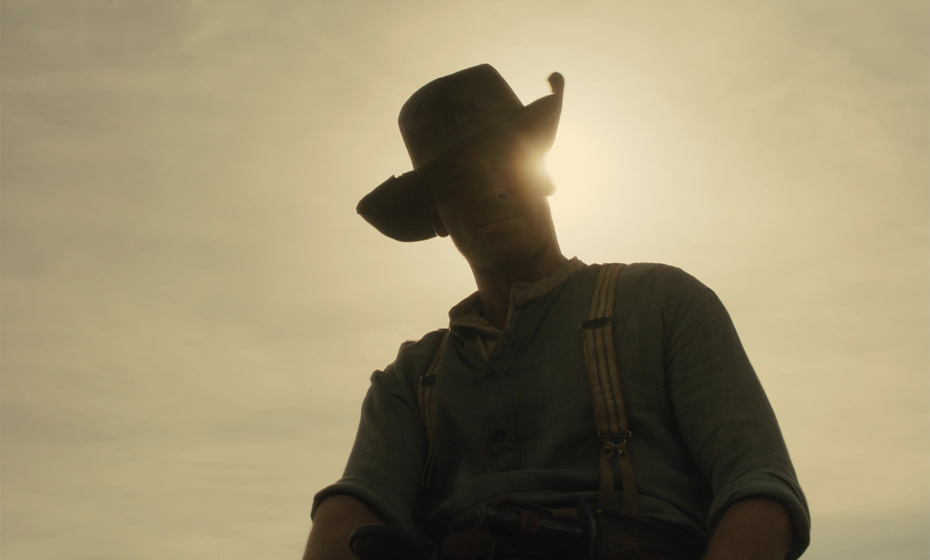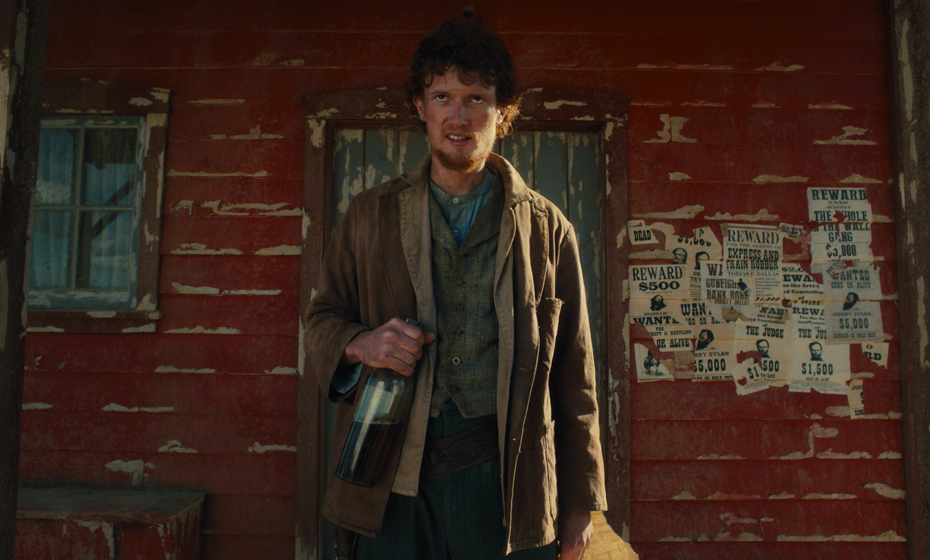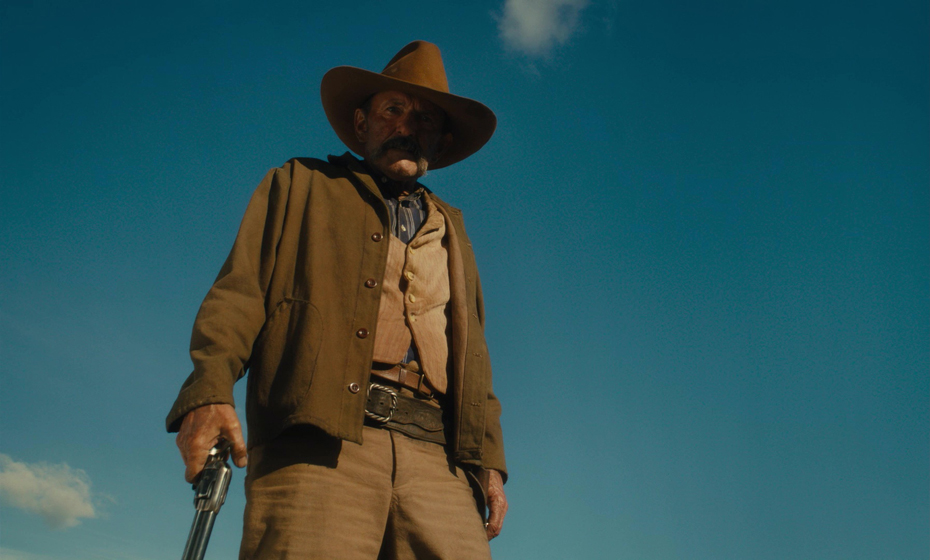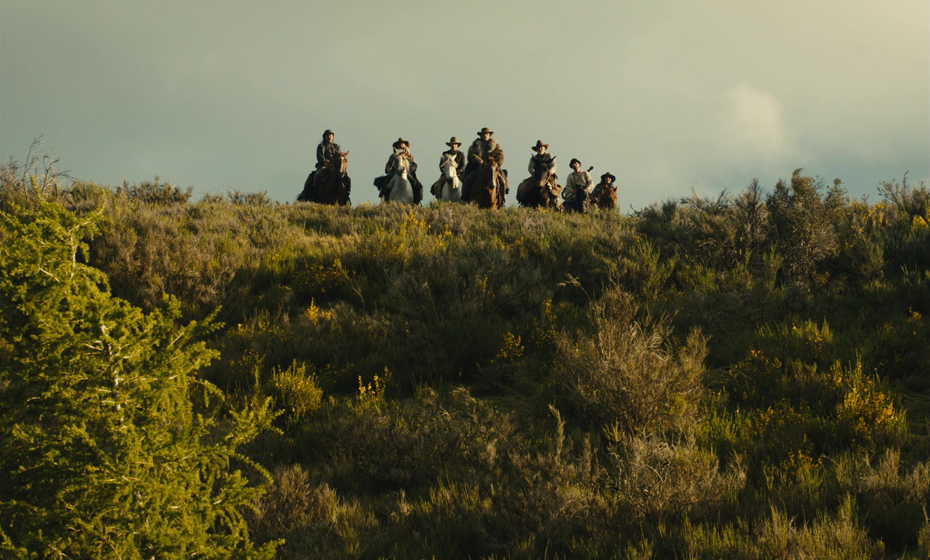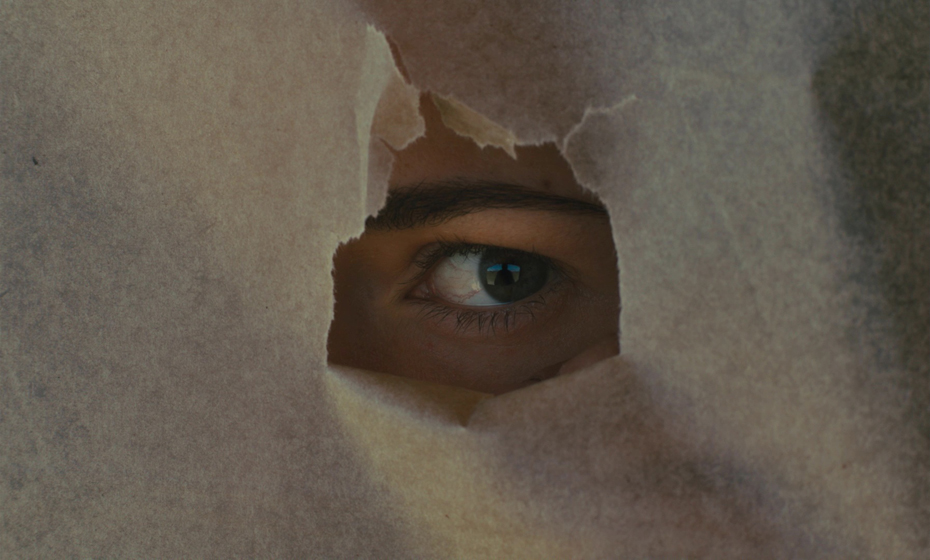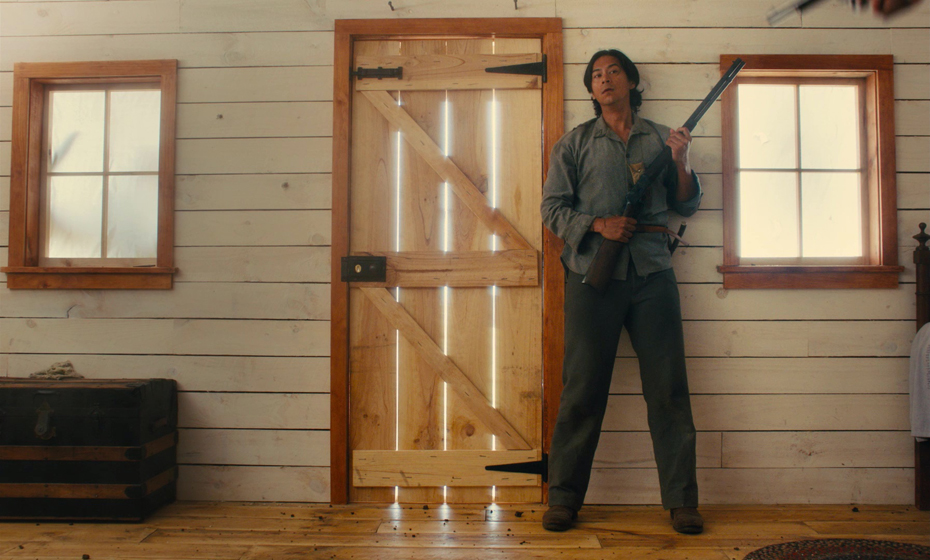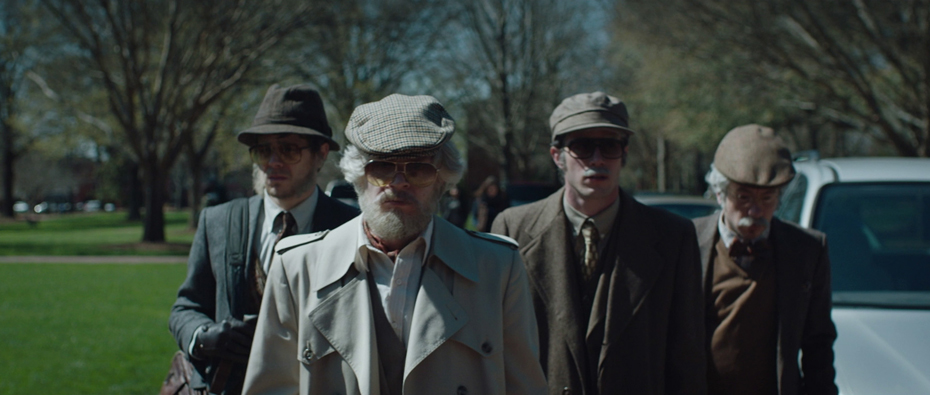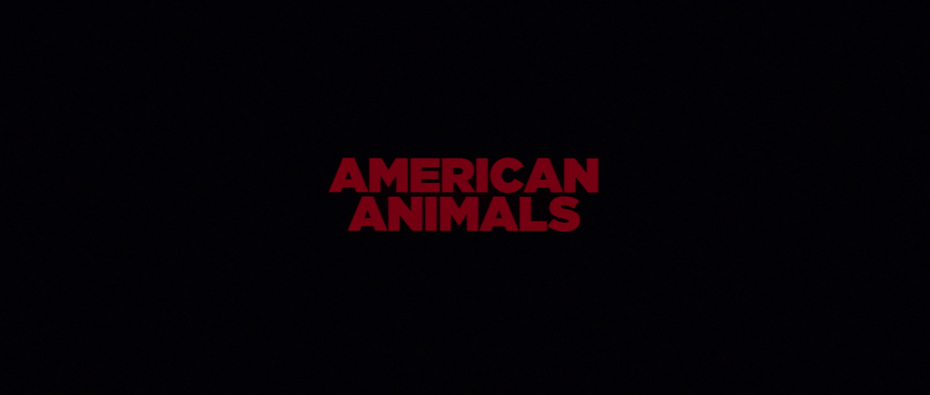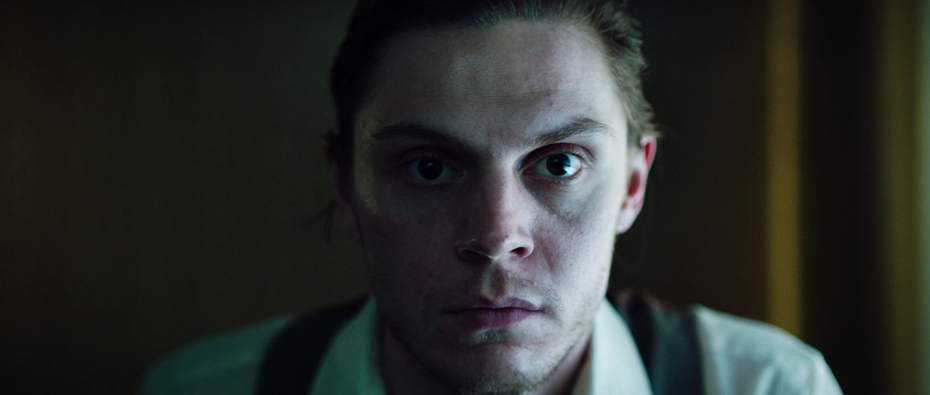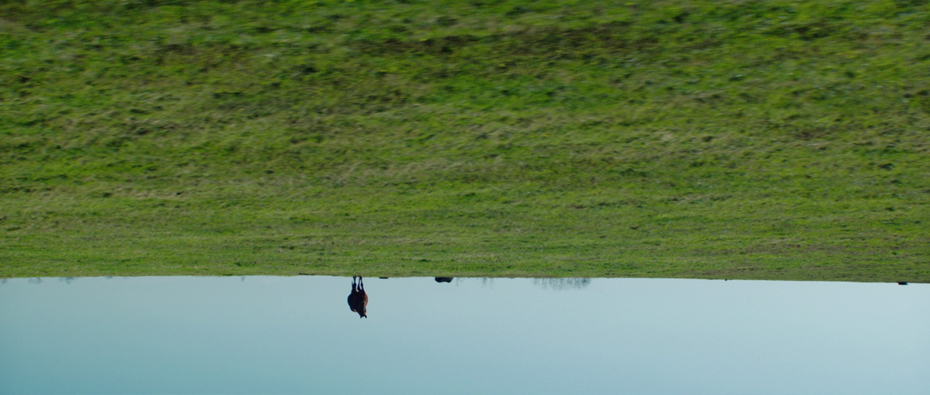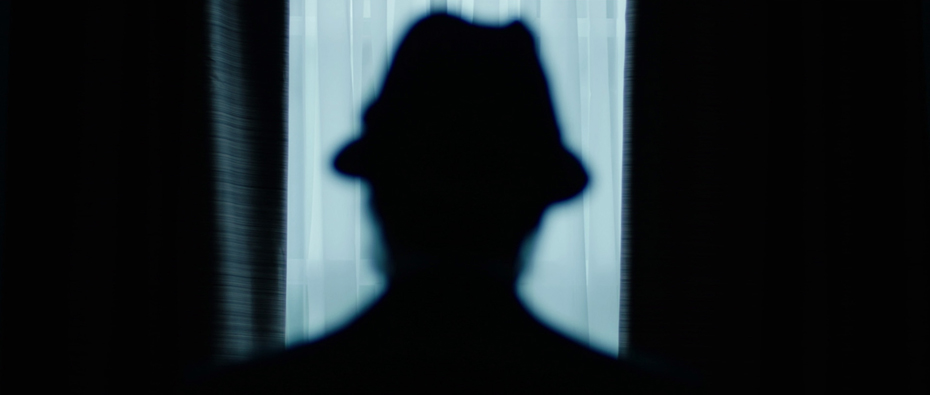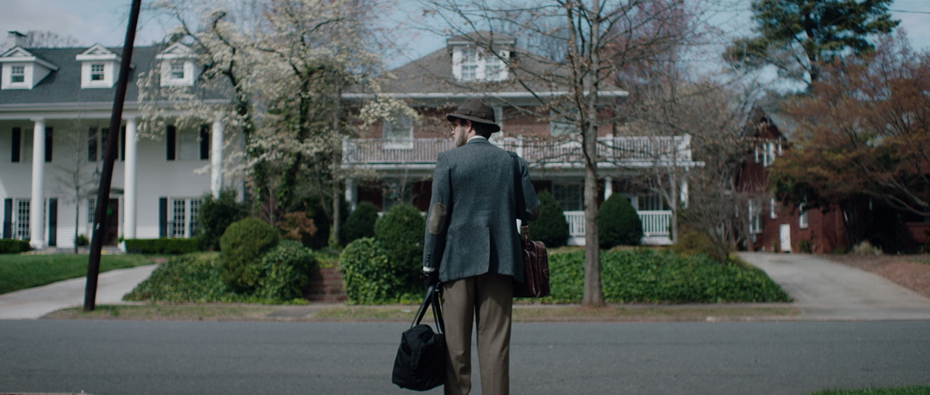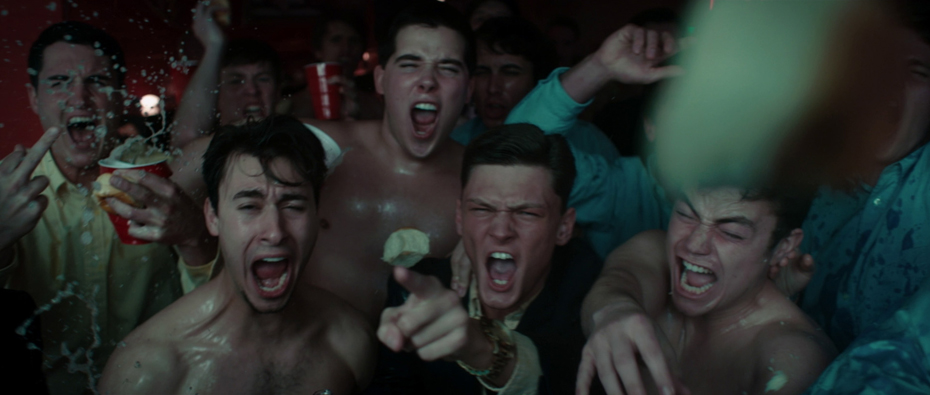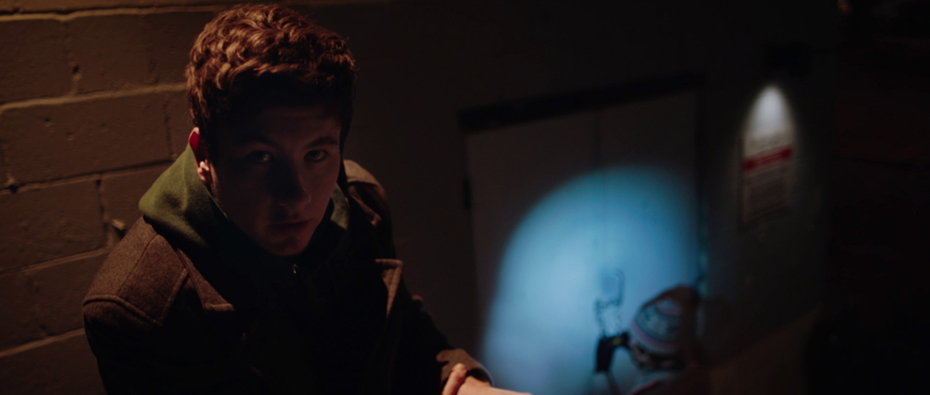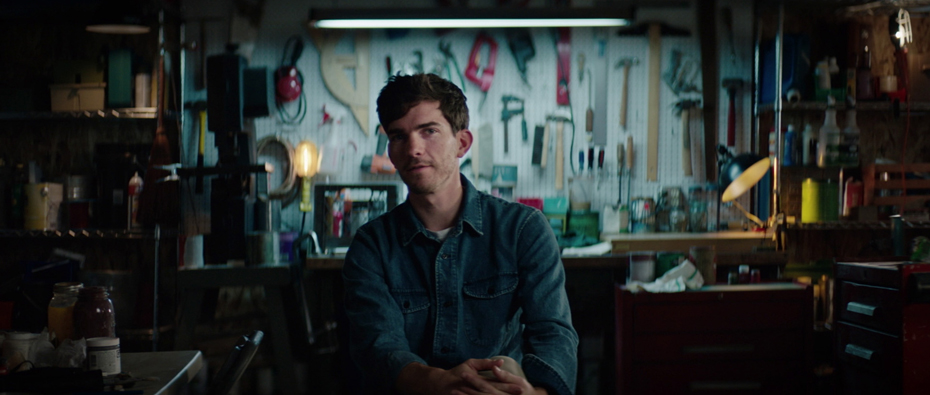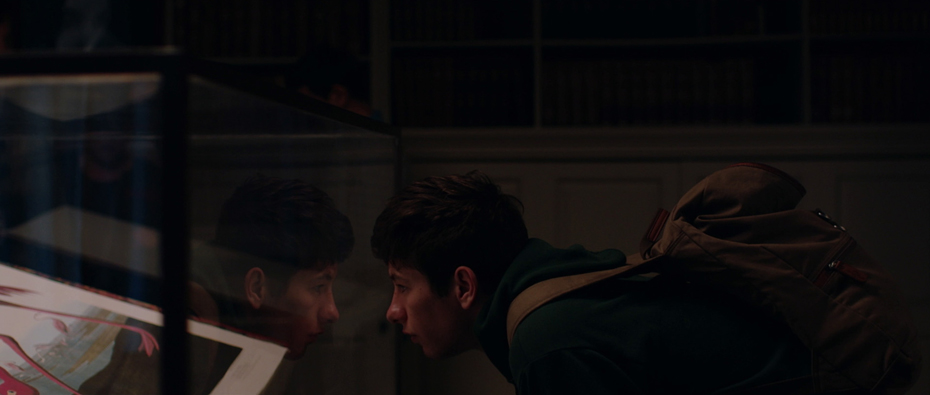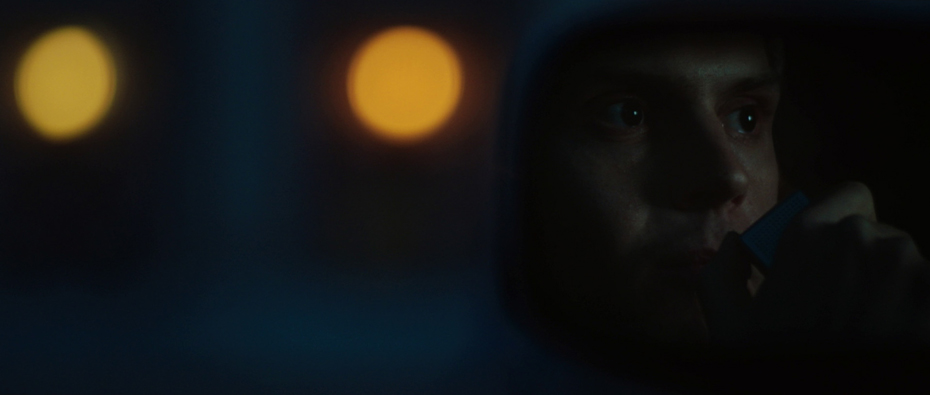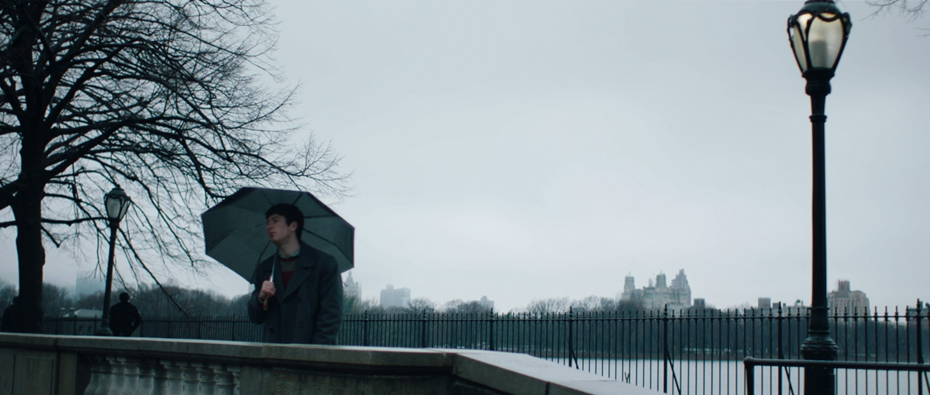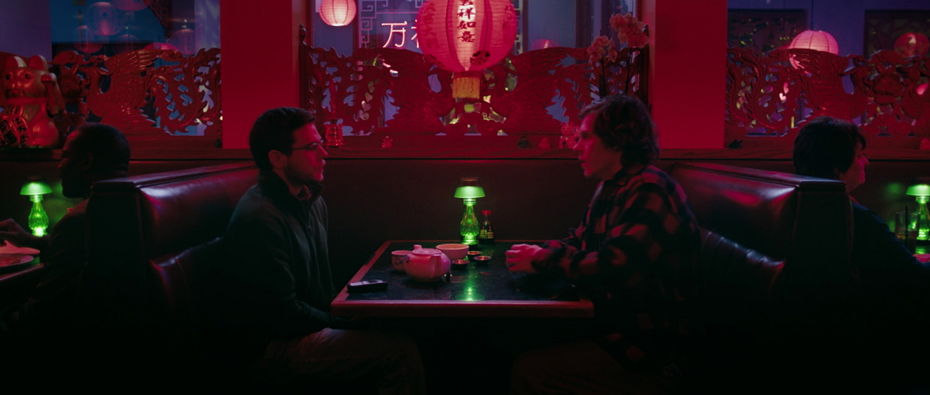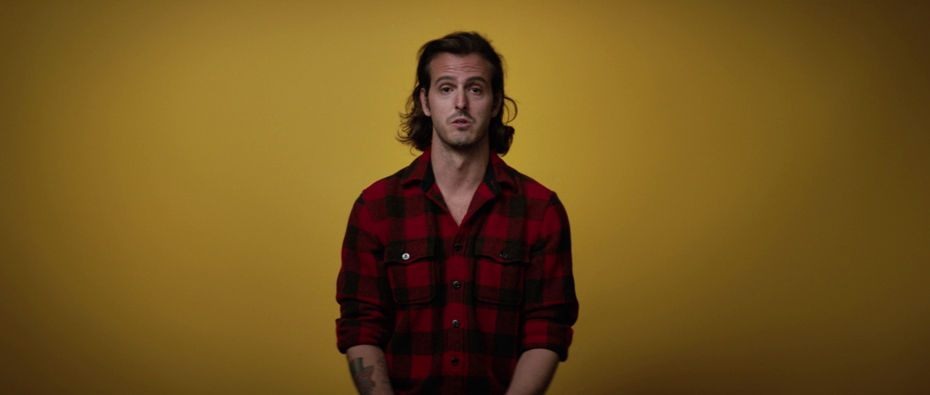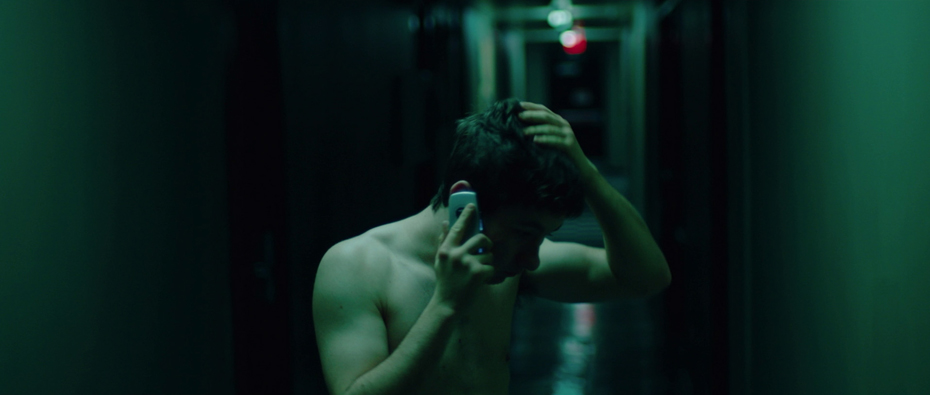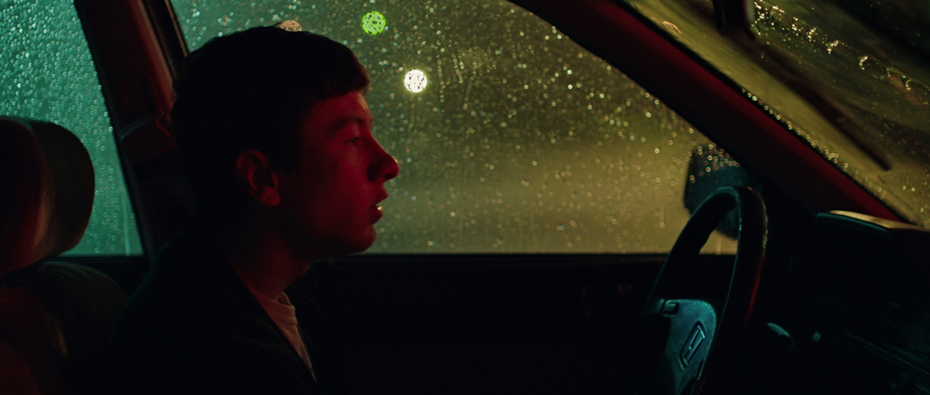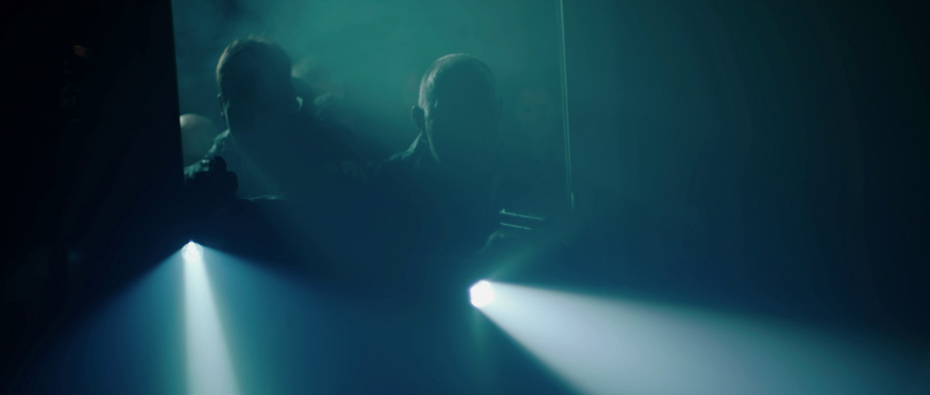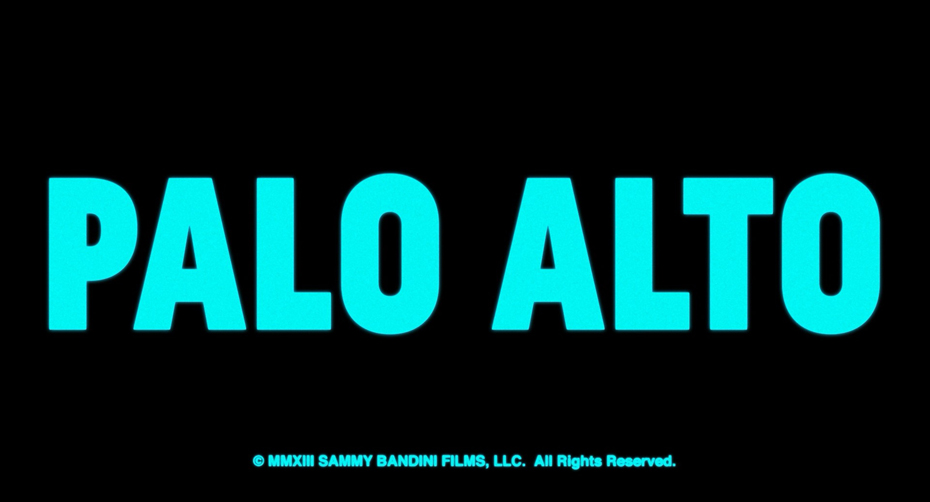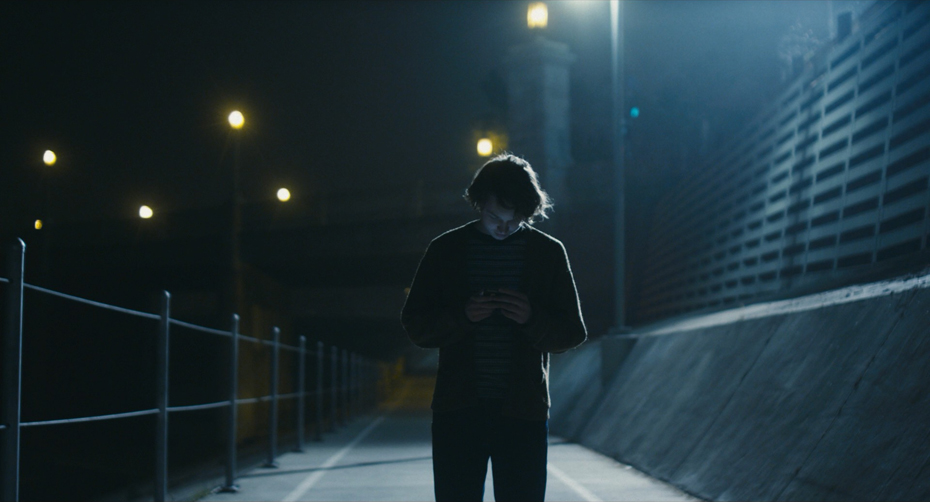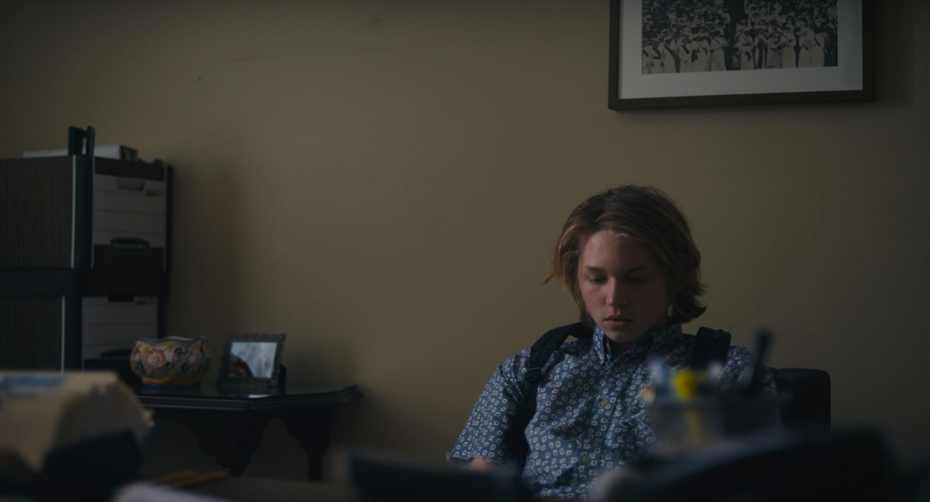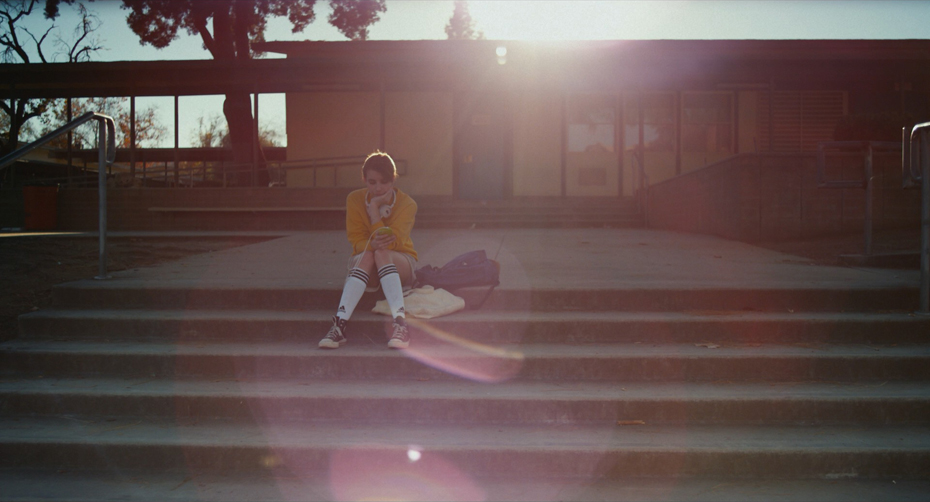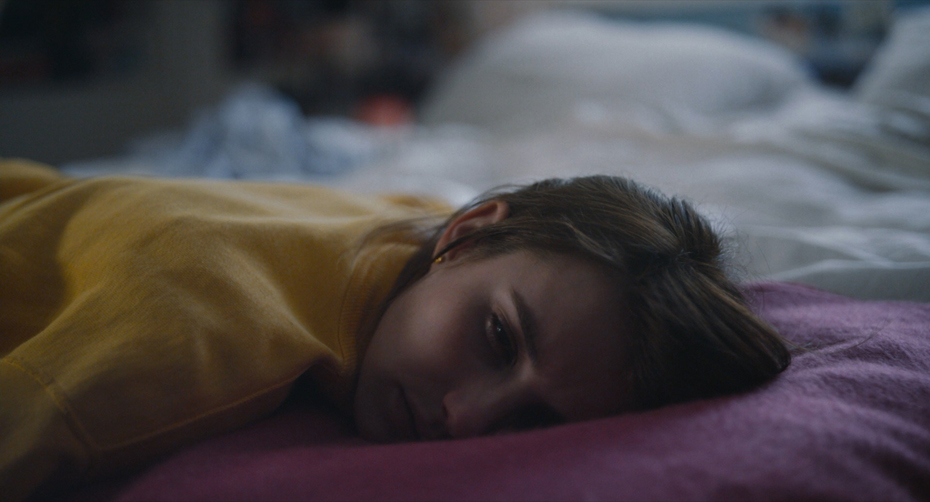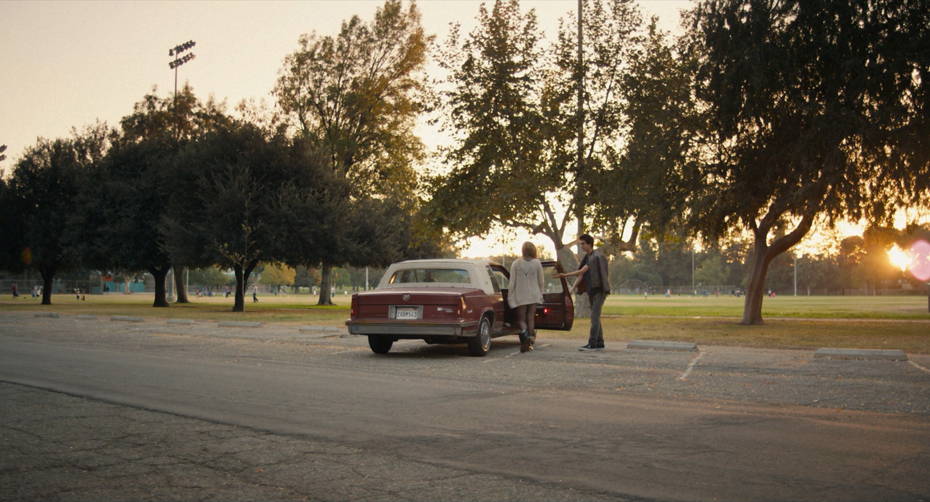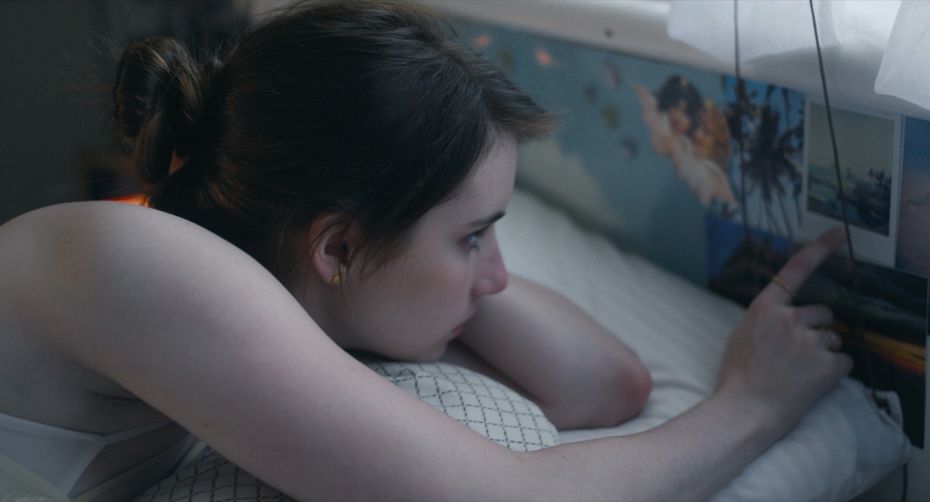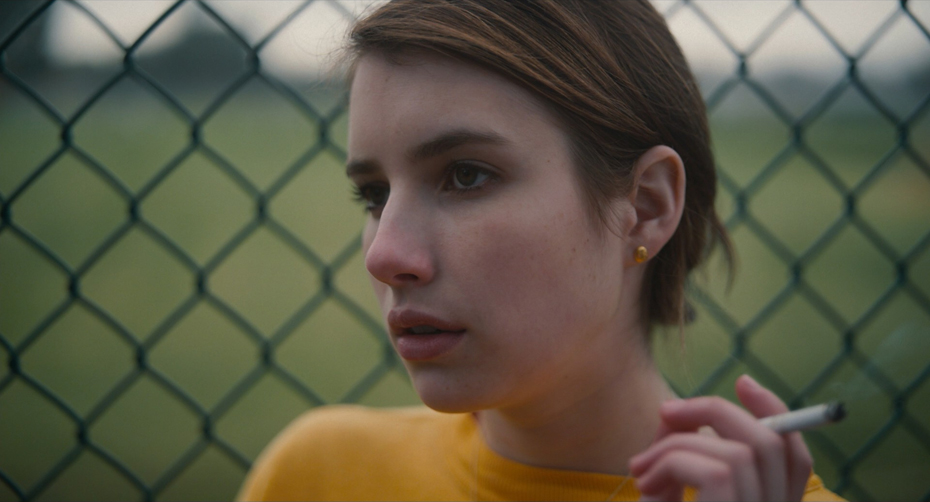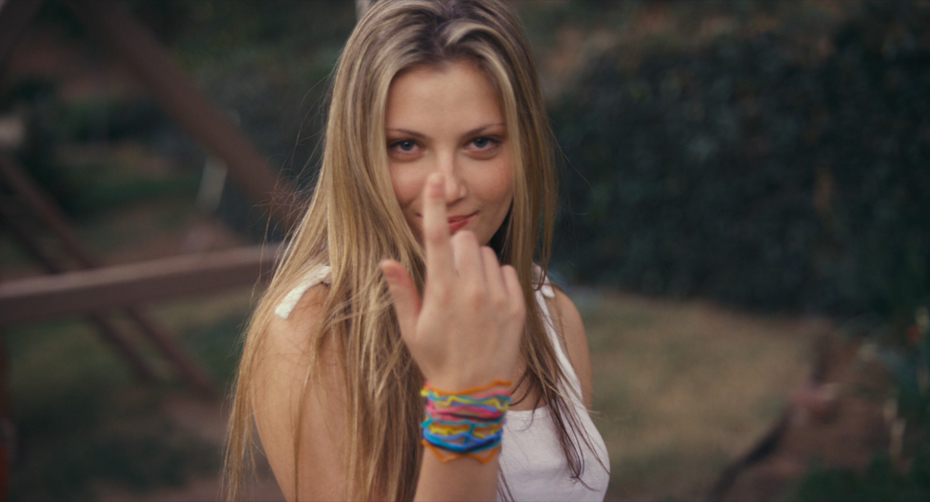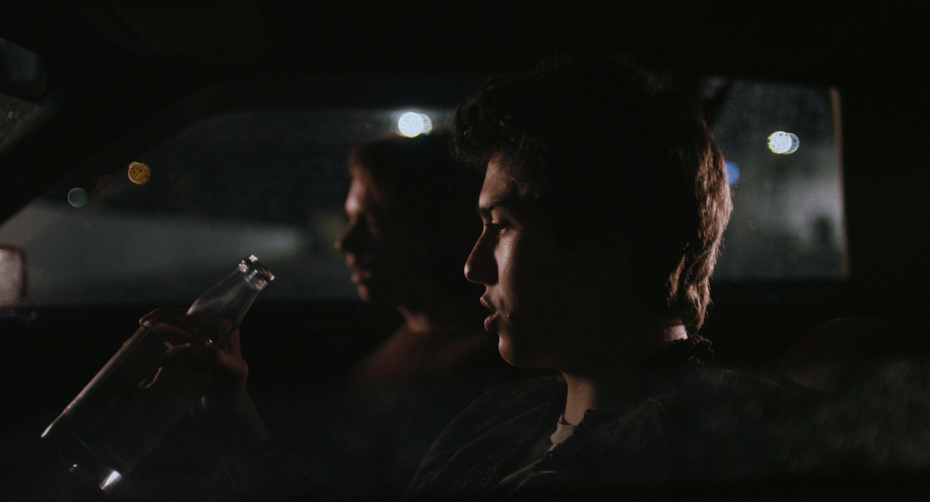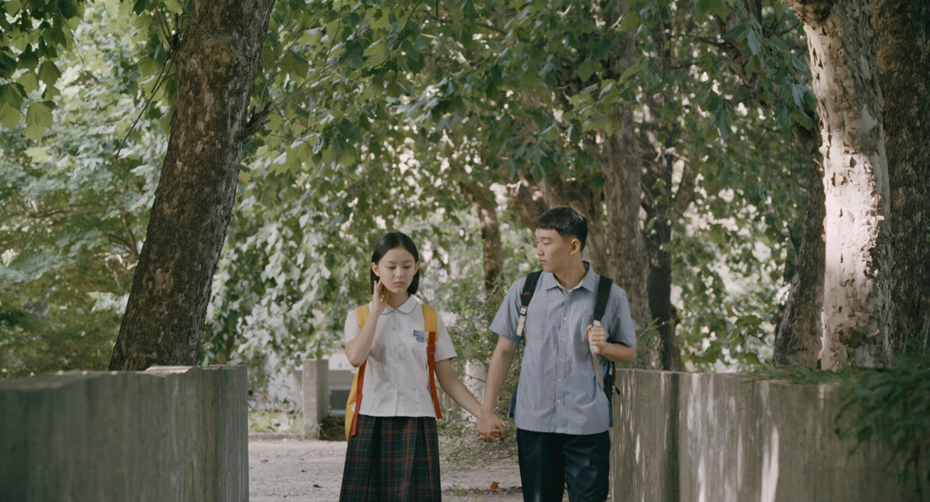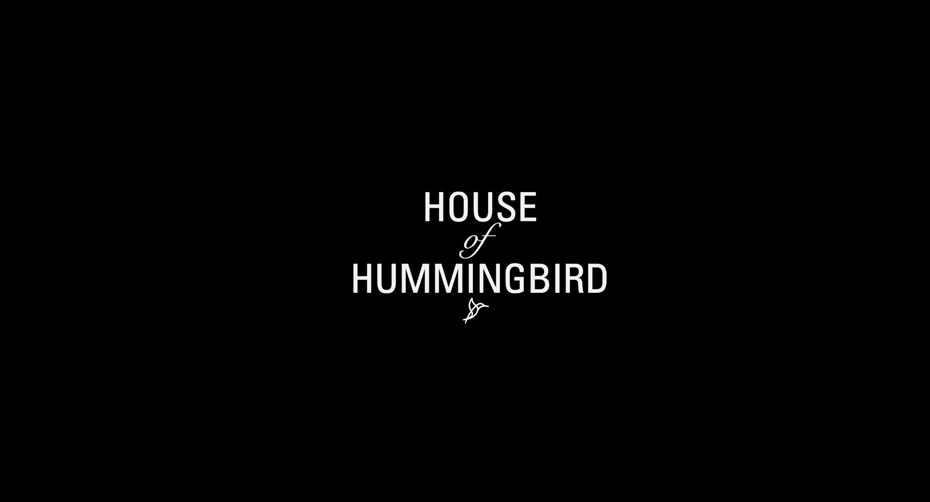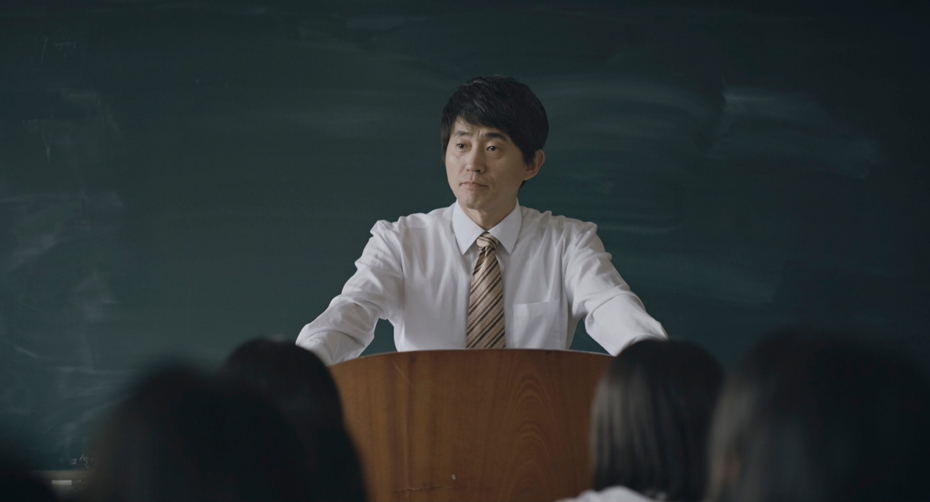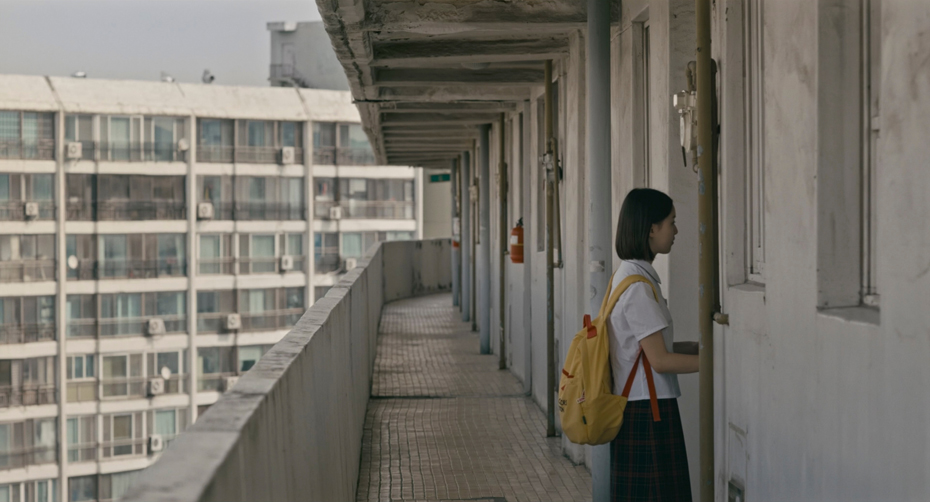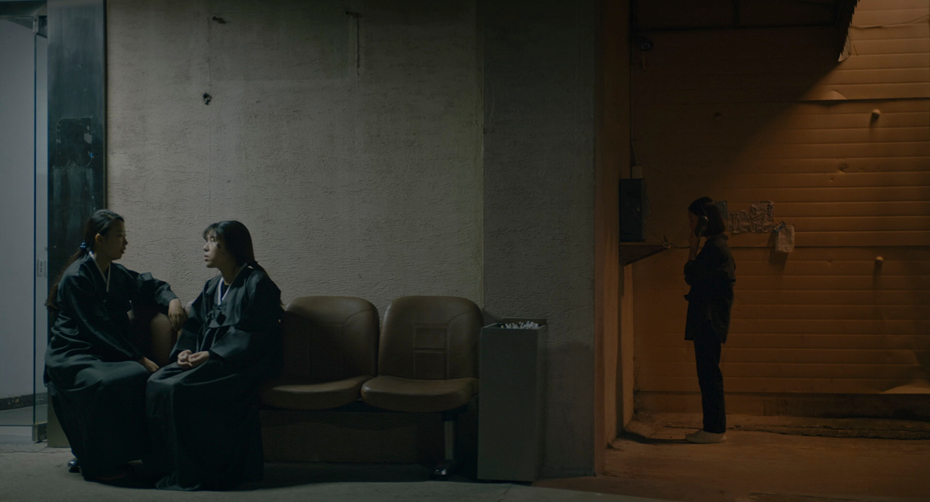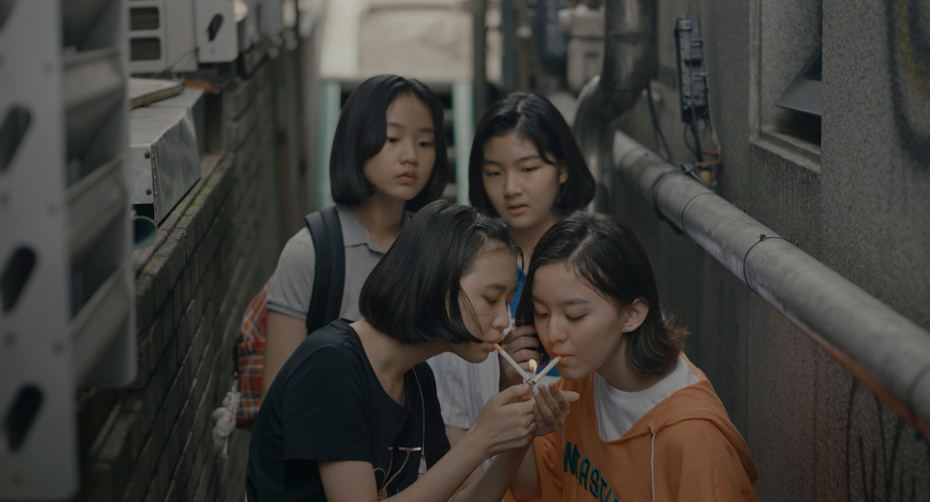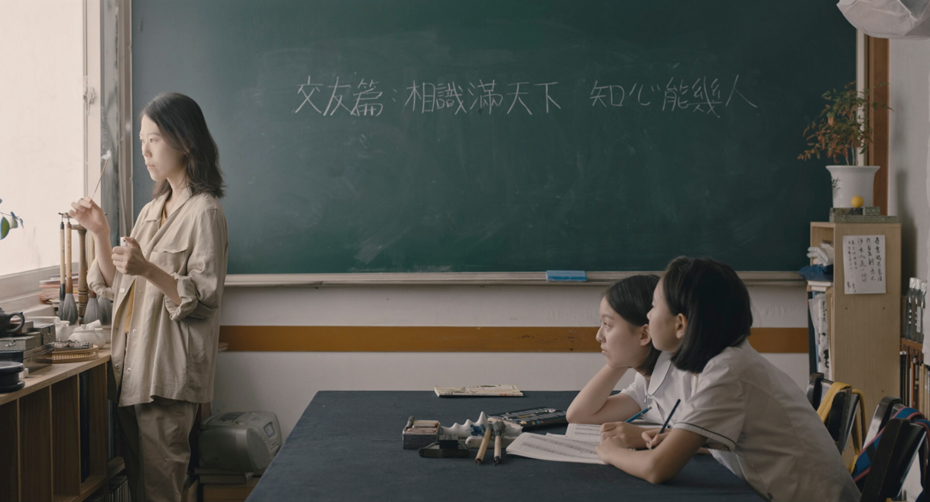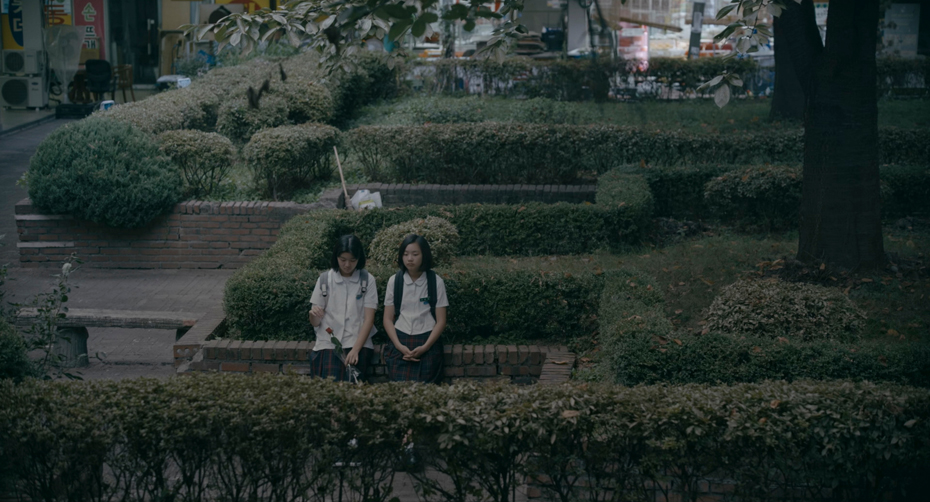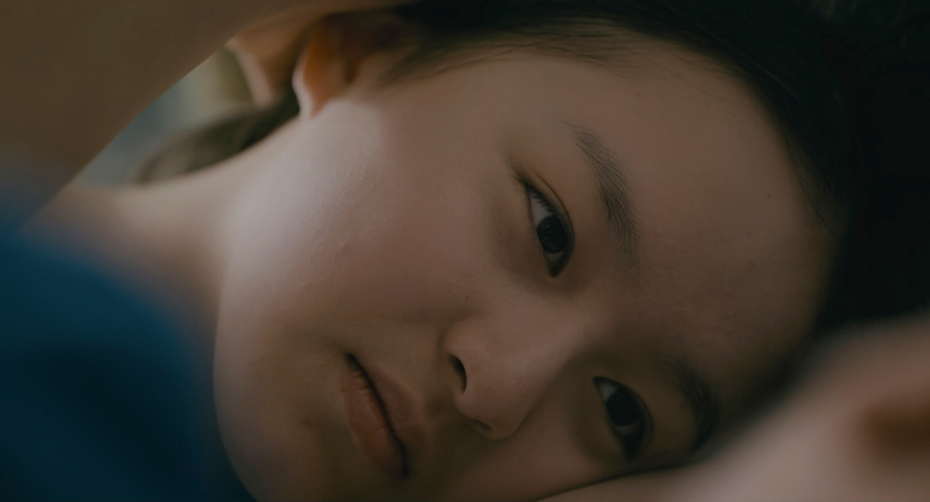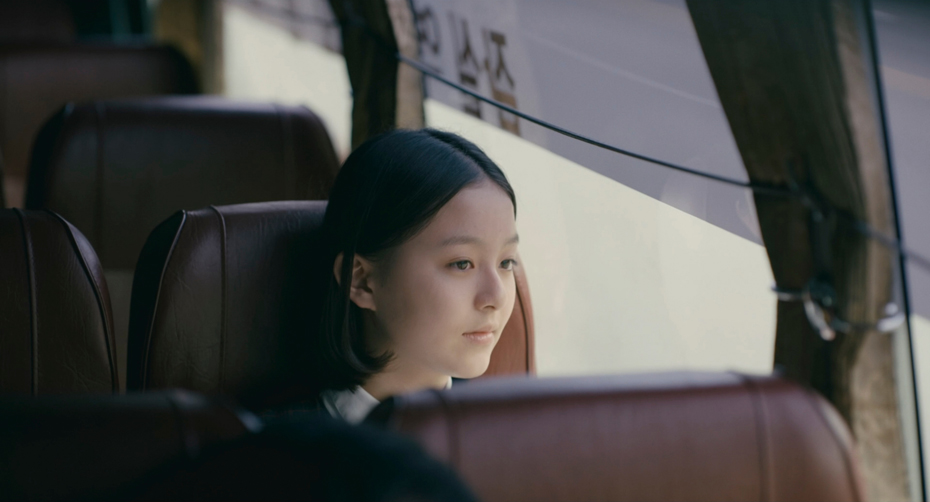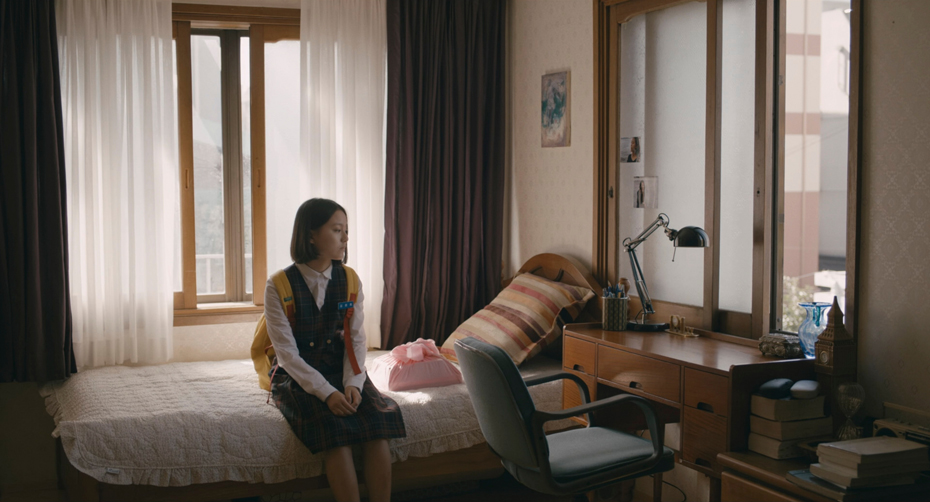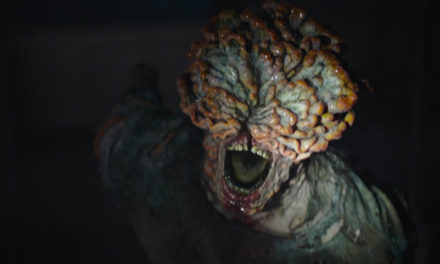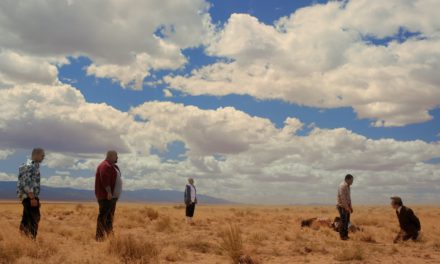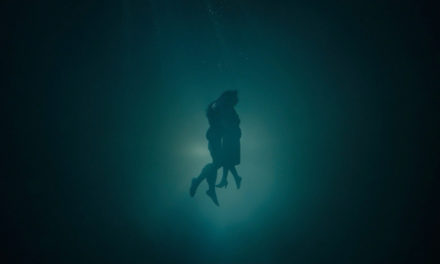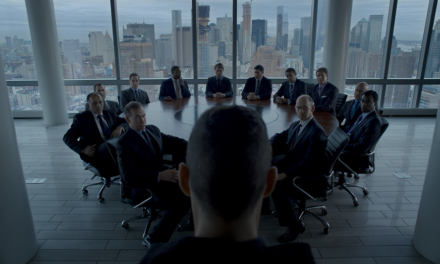THE TUESDAY DROP – 02/21
02.21.22 / New Shots
CHILDREN OF MEN (2006)
Alfonso Cuarón’s 2006 dystopian action thriller CHILDREN OF MEN takes place in 2027, when two decades of human infertility have left society on the brink of collapse. The film is based on P.D. James’s 1992 novel The Children of Men, and stars Clive Owen as Theo Faron, a civil servant who must help refugee Kee (played by Clare-Hope Ashitey) escape the chaos in the UK. Children of Men was nominated for Academy Awards in the Best Adapted Screenplay, Best Cinematography and Best Editing categories. Cuarón worked on the film with longtime collaborator Emmanuel Lubezki. The pair had previously worked together on Sólo con tu Pareja, A Little Princess, Great Expectations and Y Tu Mamá También.
Lubezki’s work on Children of Men has become well-known for its extensive use of long, complicated single-take scenes, most famously in the roadside ambush scene, which was shot entirely practically (Lubezki did not want to shoot any green screen on this film, because he felt the story called for a raw, gritty, naturalistic approach. In order to accomplish this, Lubezki and his crew built a Two Axis Dolly – essentially a 360 degree camera rig that sat on two power slides fastened to the top of a car that had its roof removed. The car was being driven by multiple drivers, whose compartments were built on the outside of the car body. This allowed the actors to perform within the car, as well as for the camera to move with complete freedom inside the car, all while action was being choreographed around them with dozens of extras, vehicles and stunts.
JURASSIC WORLD: FALLEN KINGDOM is a 2018 sci-fi action film and the sequel to 2015’s Jurassic World. The film is the fifth overall installment in the Jurassic Park franchise, and was directed by Spanish filmmaker J.A. Bayona. The film follows Owen Grady (played by Chris Pratt) and Claire Dearing (played by Bryce Dallas Howard) as they return to Isla Nublar to rescue the remaining dinosaurs from an impending volcanic eruption. Fallen Kingdom grossed over $1.3 billion worldwide, making it the 12th highest grossing film of all time. The film was shot by Spanish cinematographer Óscar Faura, who had previously worked with Bayona on The Orphanage, The Impossible and A Monster Calls, as well as Morten Tyldum’s The Imitation Game. Bayona and Faura agreed that the film should maintain the franchise’s classic adventure movie look, while also delving into its gothic and horror story elements. Faura shot the film largely on set at Pinewood Studios in England with the Alexa 65 and Panavision Sphero 65 lenses. He lit the film almost entirely with LED lights, using SkyPanels in the biggest sets and a series of handcrafted RGB wifi LED light fixtures for closer shots on the actors. Faura also shot almost the entire film with a single camera, shooting with a lot of movement largely on dollies or cranes.
SOUL (2020)
SOUL is a 2020 computer animated comedy-drama written and directed by Pete Docter (and also written by Mike Jones and Kemp Powers) as part of Pixar Animation Studios. It stars Jamie Foxx as music teacher Joe Gardner, who seeks to reunite his soul with his body just before his big break as a jazz musician. The film also stars Tina Fey, Graham Norton, Alice Braga and Richard Ayoade, and won Academy Awards for Best Animated Feature and Best Original Score (John Baptiste, Trent Reznor and Atticus Ross). Soul was also the first film from Pixar to feature an African-American protagonist. Docter worked on the movie with cinematographers Matt Aspbury and Ian Meggiben, who had both worked as camera and lighting cinematographers on numerous Pixar projects.
American cinematographer Bradford Young was also involved in the project as a lighting consultant. The cinematography team paid particular attention to the animation of the souls as “vaporous”, “ethereal” and “non-physical”, while still giving them form and definition that would allow the audience to see their personalities. The characters were designed from early drawings made by Docter and divided into new souls in “The Great Before”, which were more amorphous and round in form, and the “mentor souls”, who featured more line art due to their distinctive characteristics from having been on Earth. This required the team to create rules about how the souls could move, and how light would behave both on and through them, creating a 2D look within a 3D world and creating characters never before seen in animation.
LA DOLCE VITA (1960)
Federico Fellini’s eighth feature film, LA DOLCE VITA, is a 1960 comedy-drama starring Marcello Mastroianni, Anita Ekberg and Anouk Aimée. The film follows Marcello Rubini (Mastroianni), a journalist writing for gossip magazines, over his seven day search for love and happiness in Rome. La Dolce Vita won the Palme d’Or and was nominated for Academy Awards in the Best Director, Best Original Screenplay, Best Black and White Art Direction and Best Black and White Costume Design. Today, the film is widely considered one of the greatest of all time. La Dolce Vita was shot by Italian cinematographer Otello Martelli, who was a frequent collaborator of Fellini’s. Martelli shot the film largely on longer lenses, using 75mm, 100mm and 150mm lenses for close-ups and two-shots, when CinemaScope films were typically shot with 50mm lenses for these frames. Martelli and Fellini wanted to give the story a psychological depth by deliberately having their midgrounds and backgrounds out of focus, allowing the audience to focus on the state of mind of the characters. Martelli also had massive-scale lighting setups for the shoot, particularly for night exterior scenes. The film’s “miracle” sequence alone was shot with 40 10K lights, 30 5K lights and 7 “Brute” lighting units, making it one the largest scale shoots of Fellini and Martelli’s careers.
MABOROSI (1995)
Hirokazu Kore-eda’s 1995 film MABOROSI is based on Teru Miyamoto’s novel of the same name, and stars Makiko Esumi as new mother Yukimo, who despite her outwardly peaceful life, is troubled by a recurring nightmare about the death of her grandmother. Maborosi was Kore-eda’s fourth film, but his first narrative feature, and was awarded the Golden Osella Award for Best Cinematography at the Venice Film Festival. Kore-eda worked on Maborosi with Japanese cinematographer Masao Nakabori. In keeping with his years as a documentary filmmaker, Kore-eda wanted to shoot the entire film in natural light, using a minimalistic approach in both the technique and composition of the movie’s visual language. Nakabori created compositions that would allow the light to help tell the story (the title Maborosi translates to “a trick of the light”). Yumiko’s character is often composed in the more shadowy areas of the frame, visually encapsulating her state of anguish and sorrow. As the film progresses, and Yumiko starts being lifted of her emotional burdens, she is seen in more light-filled compositions, with a casual remark about the nice weather during a sunny day bringing the audience to a tender, hopeful note at the end of the film.
THE SKIN I LIVE IN (2011)
Pedro Almodóvar’s 2011 sci-fi psychological thriller, THE SKIN I LIVE IN, is based on Thierry Jonquet’s 1984 novel Mygale (first published in French, then in English under the title Tarantula). The film stars Antonio Banderas as Dr. Robert Ledgard, a skilled plastic surgeon trying to develop a new skin that can save the lives of burn victims, after his wife suffered burn injuries in a car accident. Ledgard tests his creation on Vera (Elena Anaya), who is held prisoner in the doctor’s mansion. The Skin I Live In was the first collaboration between Banderas and Almodóvar in 21 years, and premiered in competition at the Cannes Film Festival, winning the award for Best Film not in the English Language at the BAFTA Awards. Almodóvar worked on the movie with Spanish cinematographer and longtime collaborator José Luis Alcaine. Inspired by the work of artist Louise Bourgois, whose work is also referenced during the film, Almodóvar and Alcaine created a striking and expressionistic visual language with Almodóvar, in keeping with the film’s off-kilter, slightly surreal tone. As the film and our central character darkens, the visual language appears more and more unsettled, creating one of the most unique entries in Almodóvar’s career.
SLOW WEST (2015)
John Maclean’s feature directorial debut, SLOW WEST, stars Kodi Smit-McPhee as a young Scotsman searching for his lost love in the American West, accompanied by a bounty hunter played by Michael Fassbender. The film premiered at the 2015 Sundance Film Festival, where it won the World Cinema Jury Prize. The film also stars Ben Mendelsohn, and was shot in New Zealand (standing in for Colorado) and Scotland. Slow West was shot by Irish cinematographer Robbie Ryan, who was best known at the time for his work on films such as Fish Tank, Furthering Heights and Philomena. Ryan and Maclean decided to shoot Slow West in a 1.66:1 aspect ratio – the early widescreen format first seen in the 1953 western Shane. Maclean began his collaboration with Ryan having already extensively storyboarded the film, which narrowed Ryan’s focus towards location scouting and lighting preparation. Together, Ryan and Maclean created two rules for their visual language – one, that they would always shoot with deep focus lenses, and two, that the camera would always be fixed on a tripod. Ryan also convinced Maclean to shoot the film digitally, as well as to shoot most of the night scenes day-for-night and create the night time look using the camera. Maclean also insisted that the colourscape of the film would be saturated and feel contemporary, attempting to avoid making a “brown western”.
AMERICAN ANIMALS (2018)
AMERICAN ANIMALS is a 2018 heist drama written and directed by Bart Layton. The film stars Evan Peters, Barry Keoghan, Blake Jenner and Jared Abrahamson as four college friends who plan a heist of their library, and is based on an actual heist which took place at Transylvania University in Lexington, Kentucky in 2004. American Animals premiered at the Sundance Film Festival. The film was shot by cinematographer Ole Bratt Birkeland, who was best known for his work on Four Lions, Helen and the television show Utopia. Birkeland won the BIFA Award for Best Cinematography for his work on the film. Layton designed American Animals to be a hybrid film that felt part documentary and part fiction, and wanted to work with Birkeland to subvert the visual language of the heist genre using this structural device. Birkeland shot all the interviews using anamorphic lenses, and the dramatic scenes using spherical lenses, wanting to place the audience further away from the characters in the interviews in order to heighten the sense that they were unreliable narrators.
PALO ALTO (2014)
Gia Coppola’s debut feature film, PALO ALTO, is a drama starring James Franco and Emma Roberts, based on Franco’s 2010 short story collection of the same name. It follows a group of teens living in Palo Alto who try to rebel in various ways. The film also stars Jack Kilmer, Nat Wolff and Zoe Levin. Coppola worked on the film with American cinematographer Autumn Durald, who would go on to work with her on Mainstream. Durald shot the film on a “Panavised” Red Epic camera, mounted with Panavision Super Speed lenses and vintage 1970s glass to give a softer feel to the image.
She worked with FotoKem colorist Alastor Arnold on the DI. Durald and Coppola were inspired by films such as The Last Picture Show, American Graffiti and The Virgin Suicides and wanted the movie to feel like it was shot on 35mm film, but because they didn’t have the budget for it, worked with Arnold to create a “35mm look” digitally. This was achieved in many ways with Durald’s lensing choices, but also with Arnold’s use of Kodak film emulation LUTs and adding digital grain to the images. The result is a soft, filmic movie that heightens the drama and visual storytelling of a relatively low budget debut feature.
HOUSE OF HUMMINGBIRD (2018)
HOUSE OF HUMMINGBIRD is a 2018 South Korean drama written and directed by Kim Bora in her feature debut. It is set in 1994 Seoul in the aftermath of the collapse of the Seongsu Bridge, when 14-year-old Eun-hee (Park Ji-hu) searches for love. House of Hummingbird debuted in competition at the Busan International Film Festival, and won awards at the Berlin International Film Festival and the Tribeca Film Festival. Bora worked on the project with South Korean cinematographer Kang Kook-Hyun. Kang and Bora developed a visual style that lived in the perspective of its central character, aiming to capture the multitudes of the adolescent experience, and the contrasts that can create. The camera floats between intimate hand-held portraiture, still wide shots from far away, and slow motion moments that dive deep into the biggest emotional experiences that Eun-hee has had. Bora and Kang’s organic development of the visual style mirrors the film and character’s state of mind, allowing many approaches to live in a unified way within the same film.

